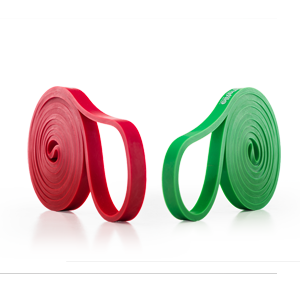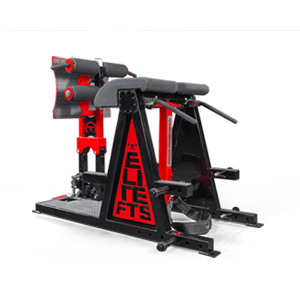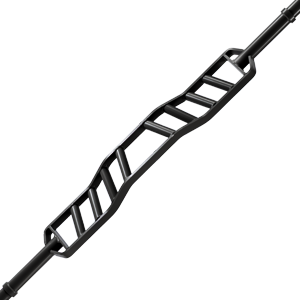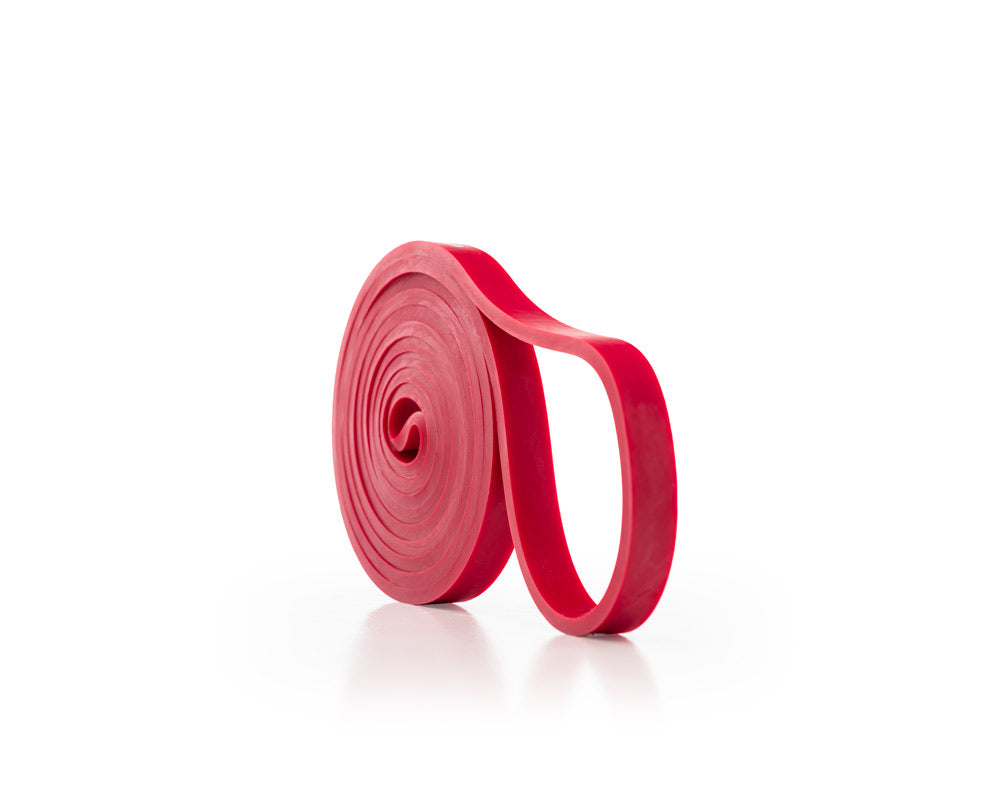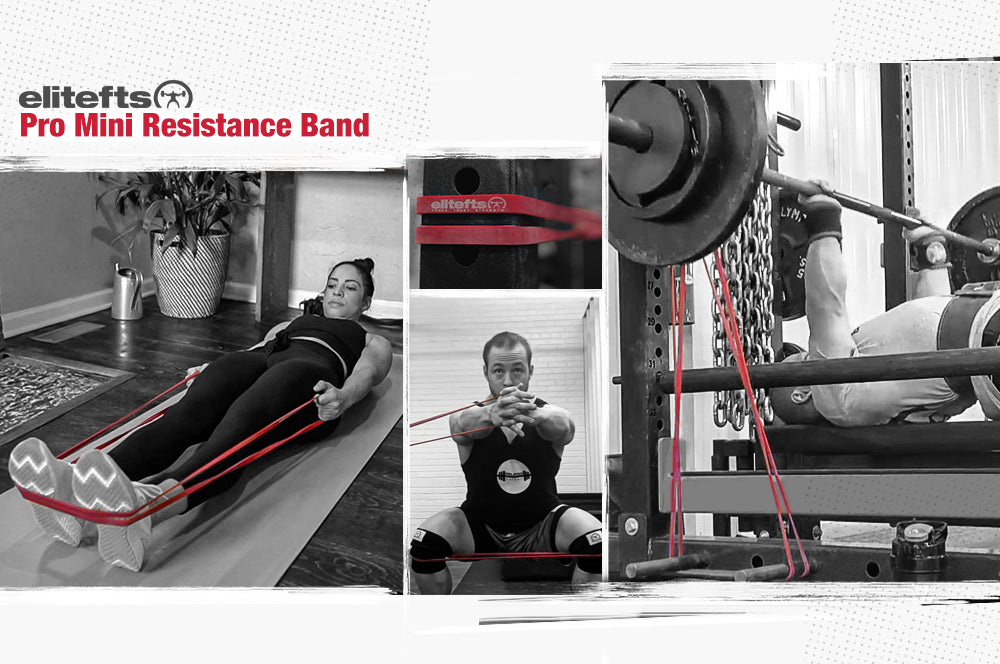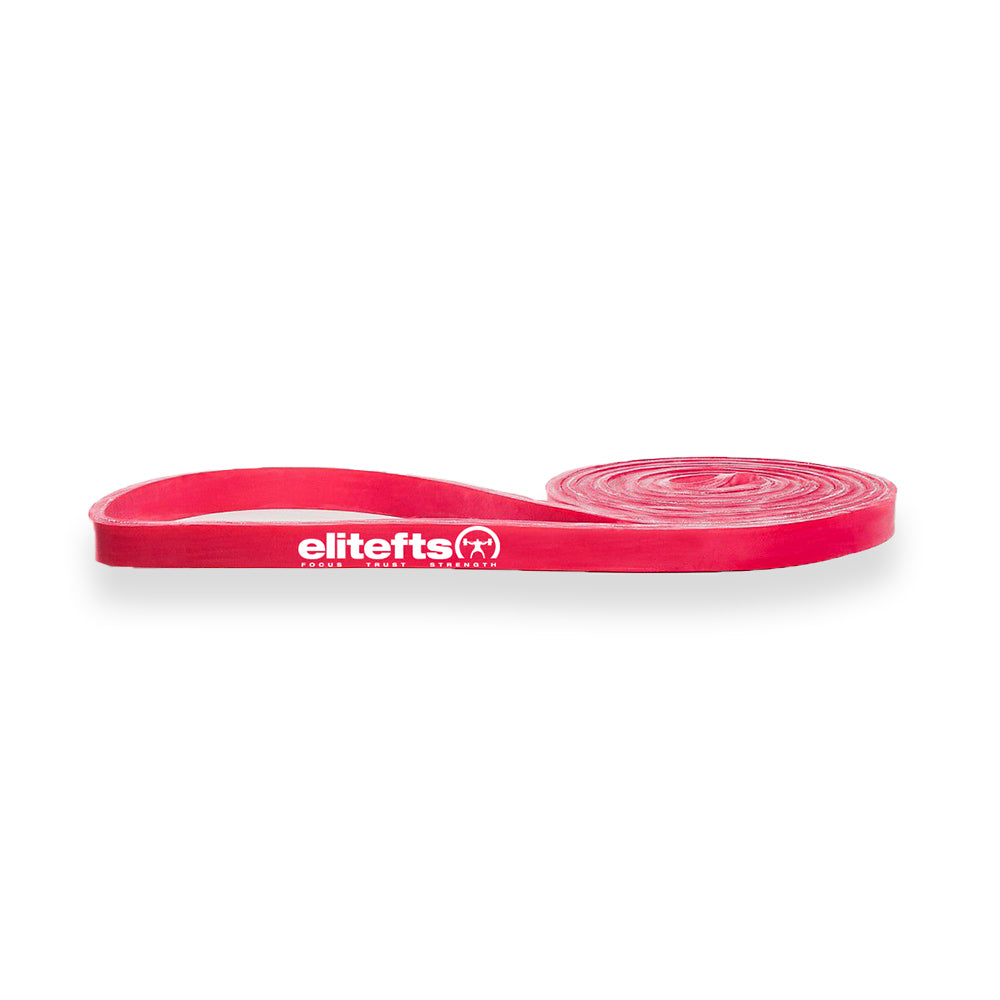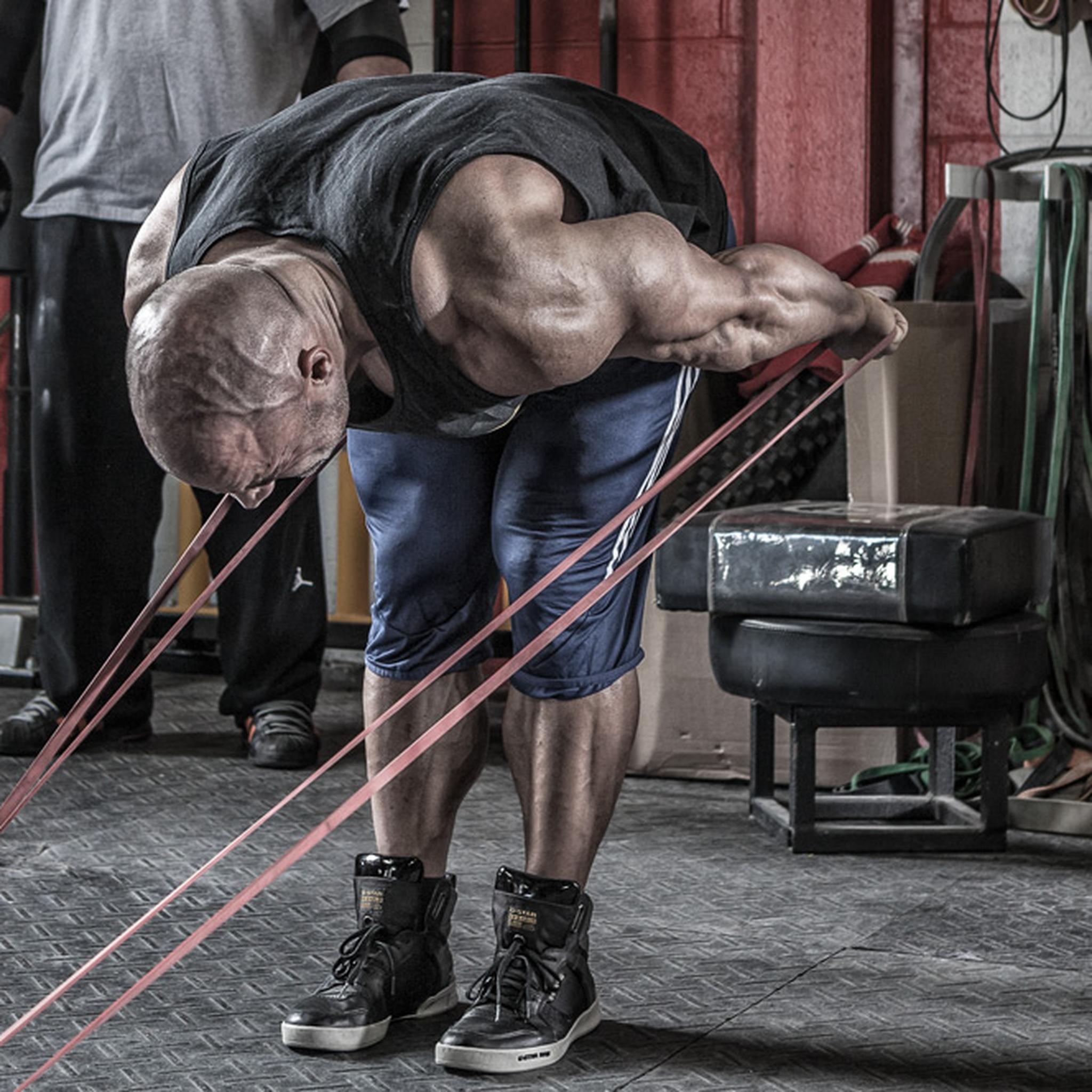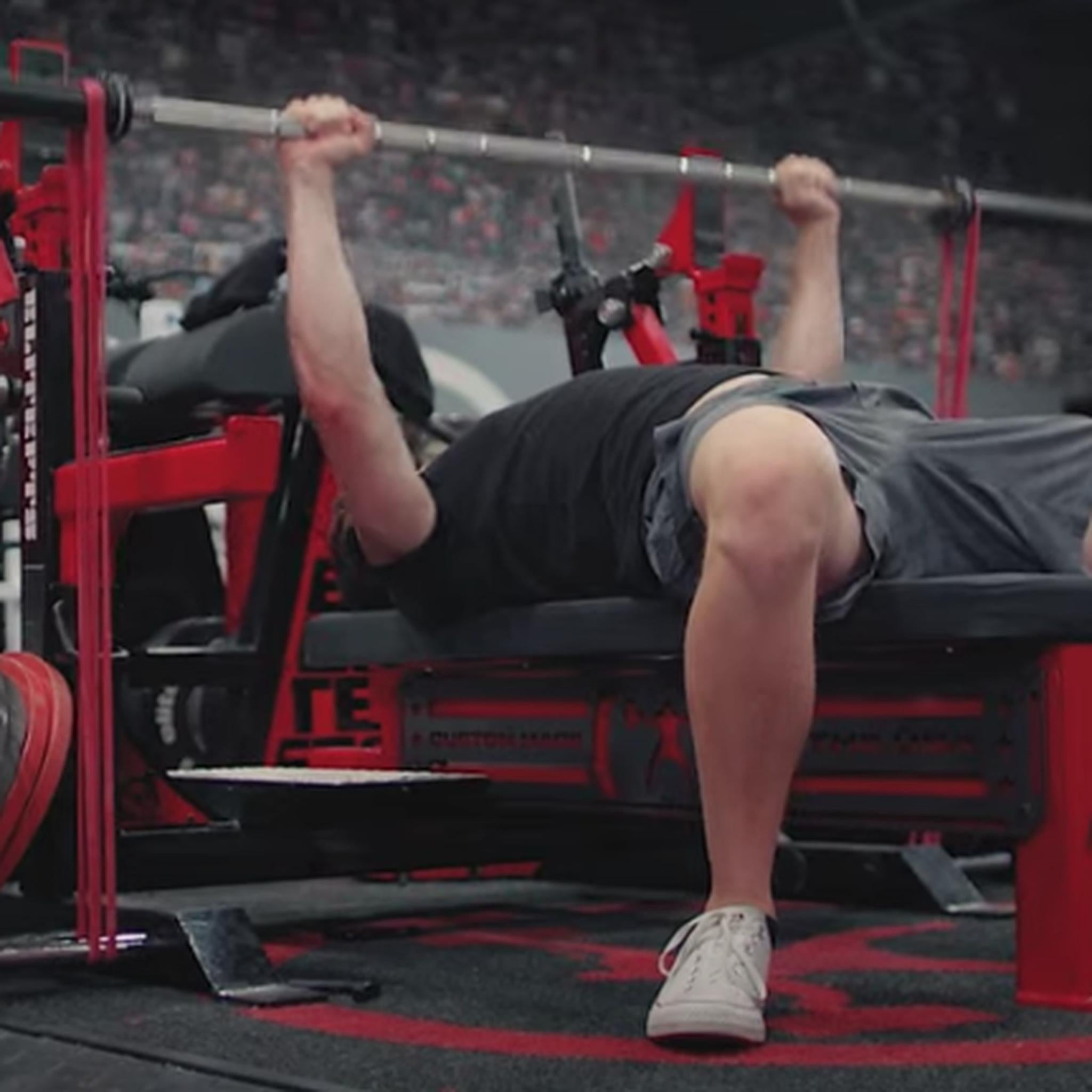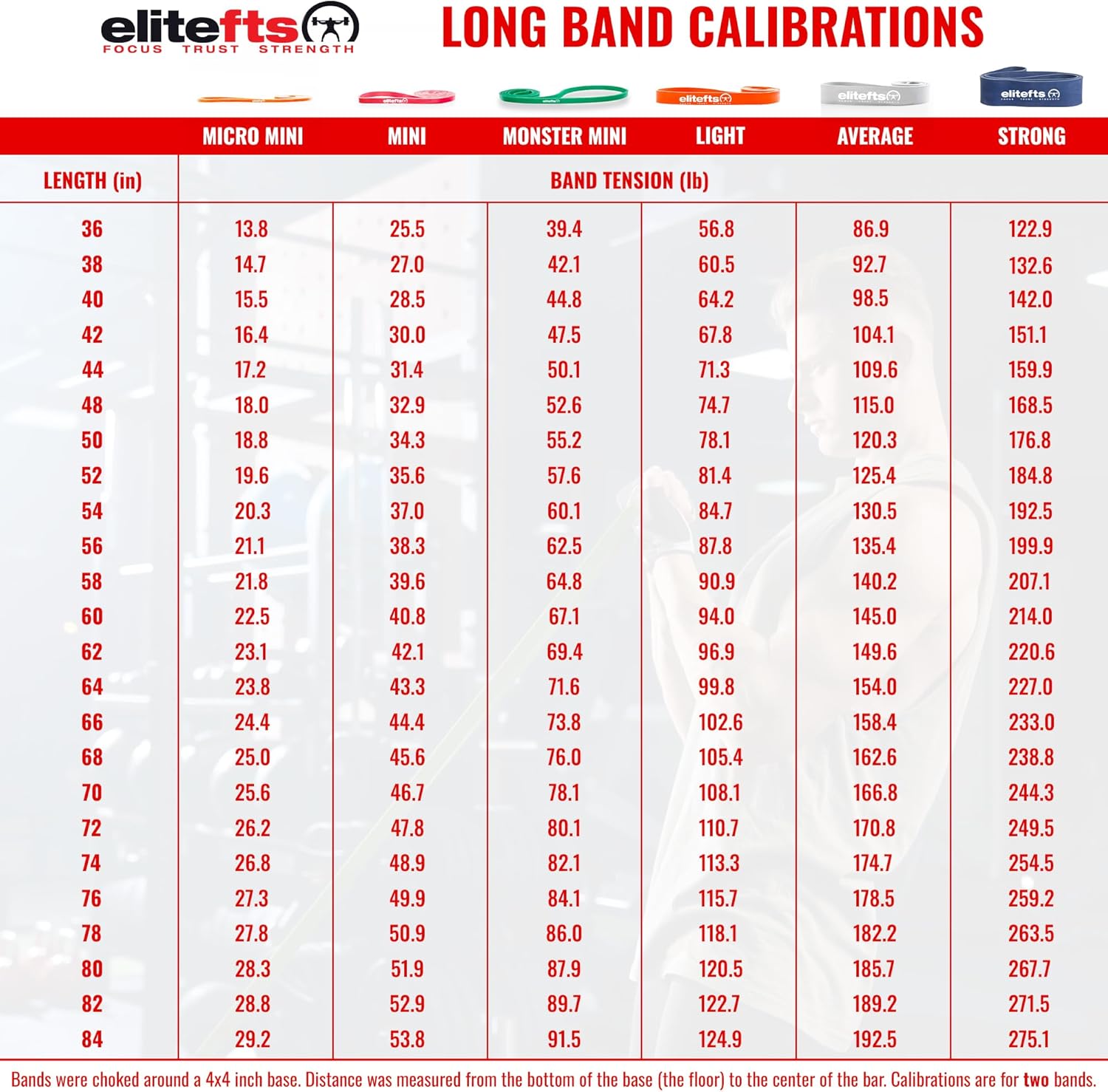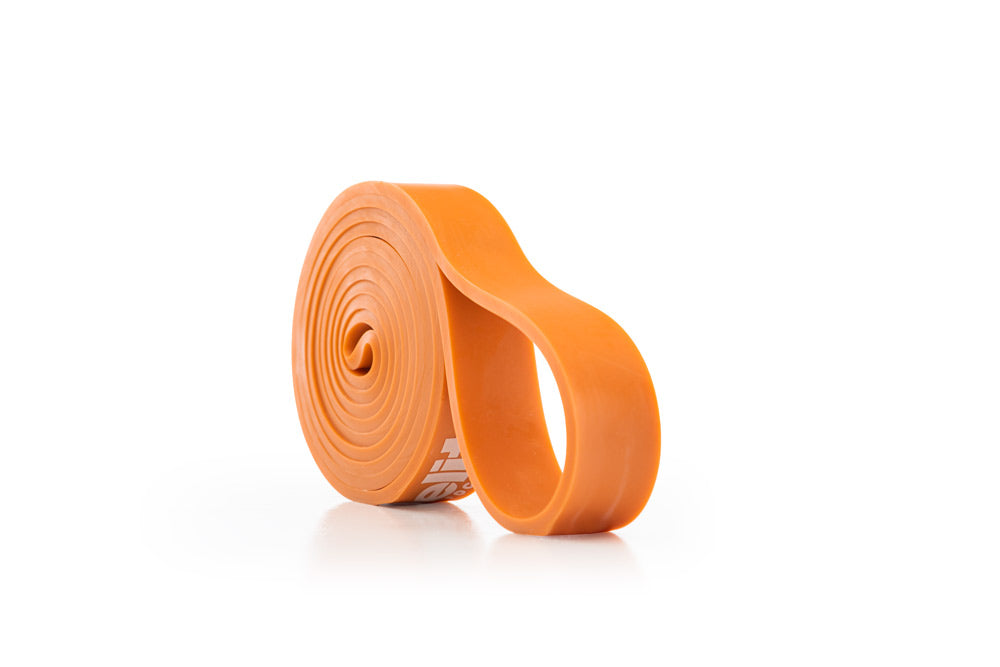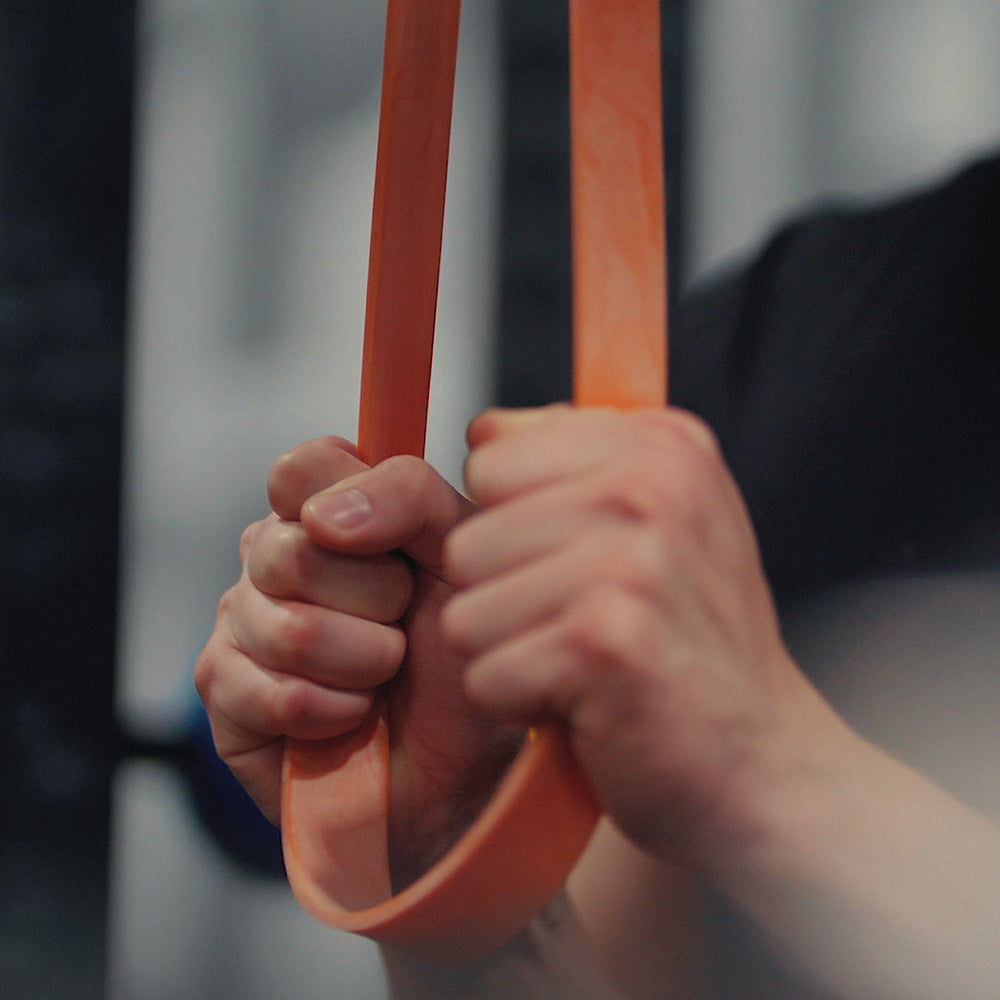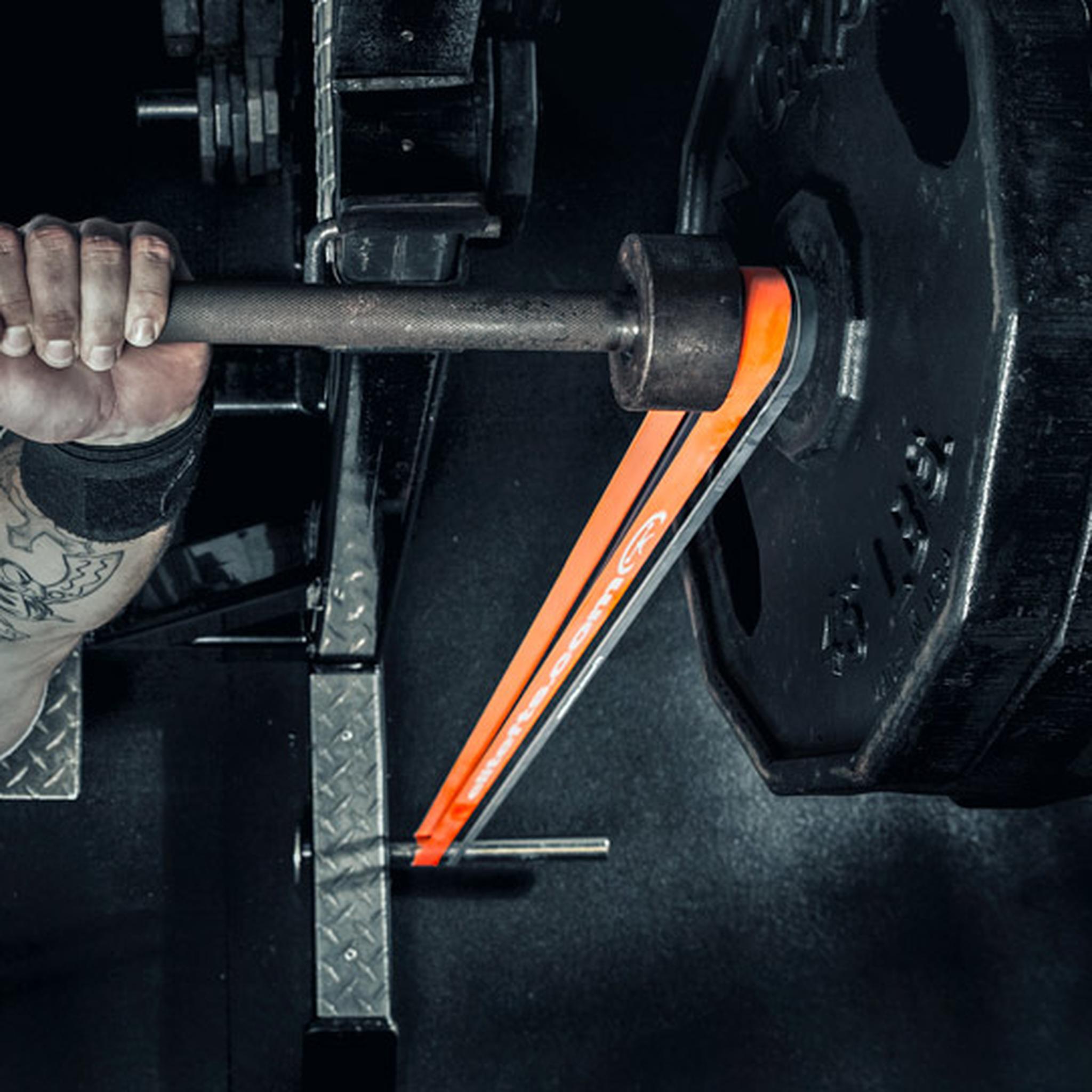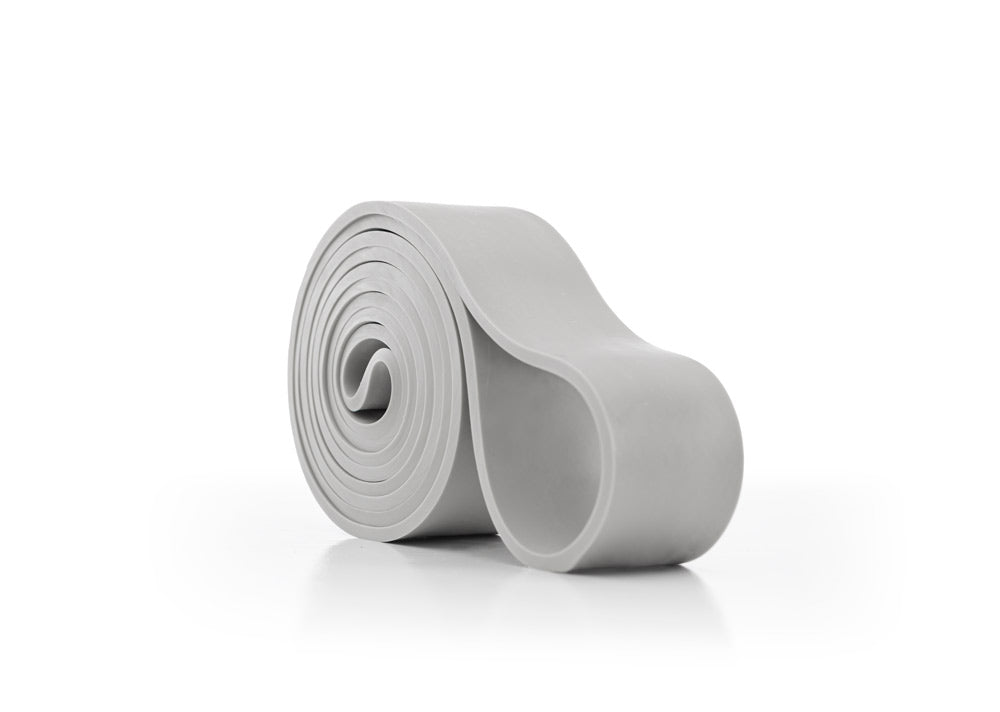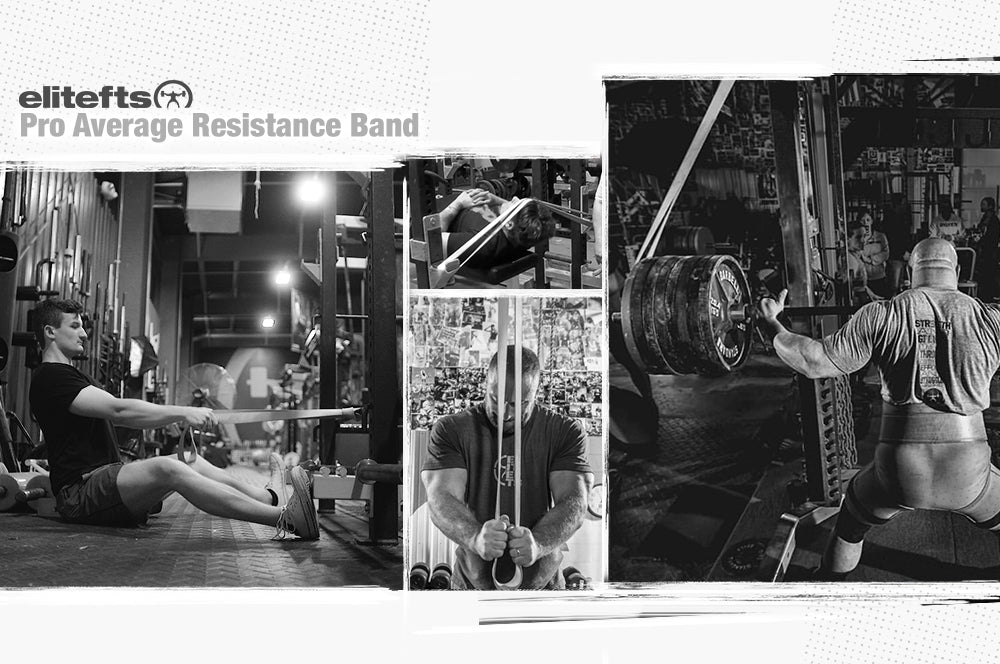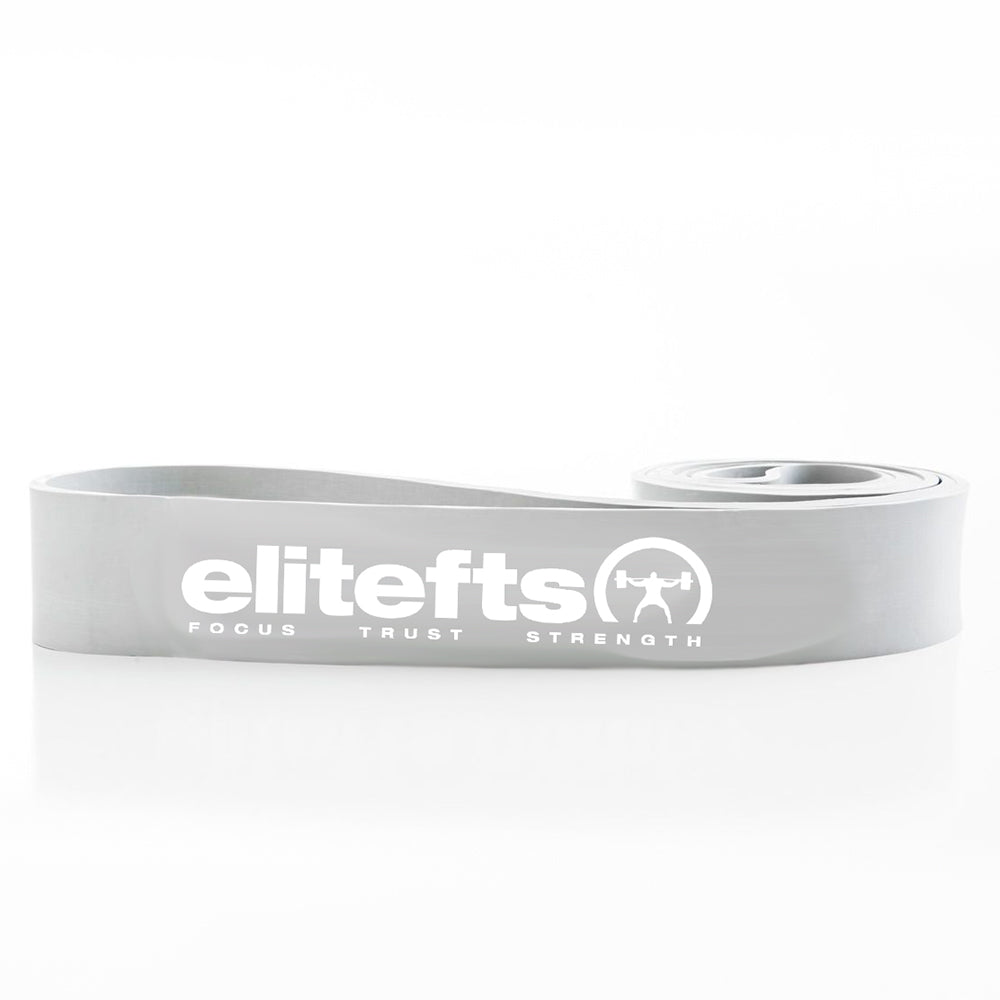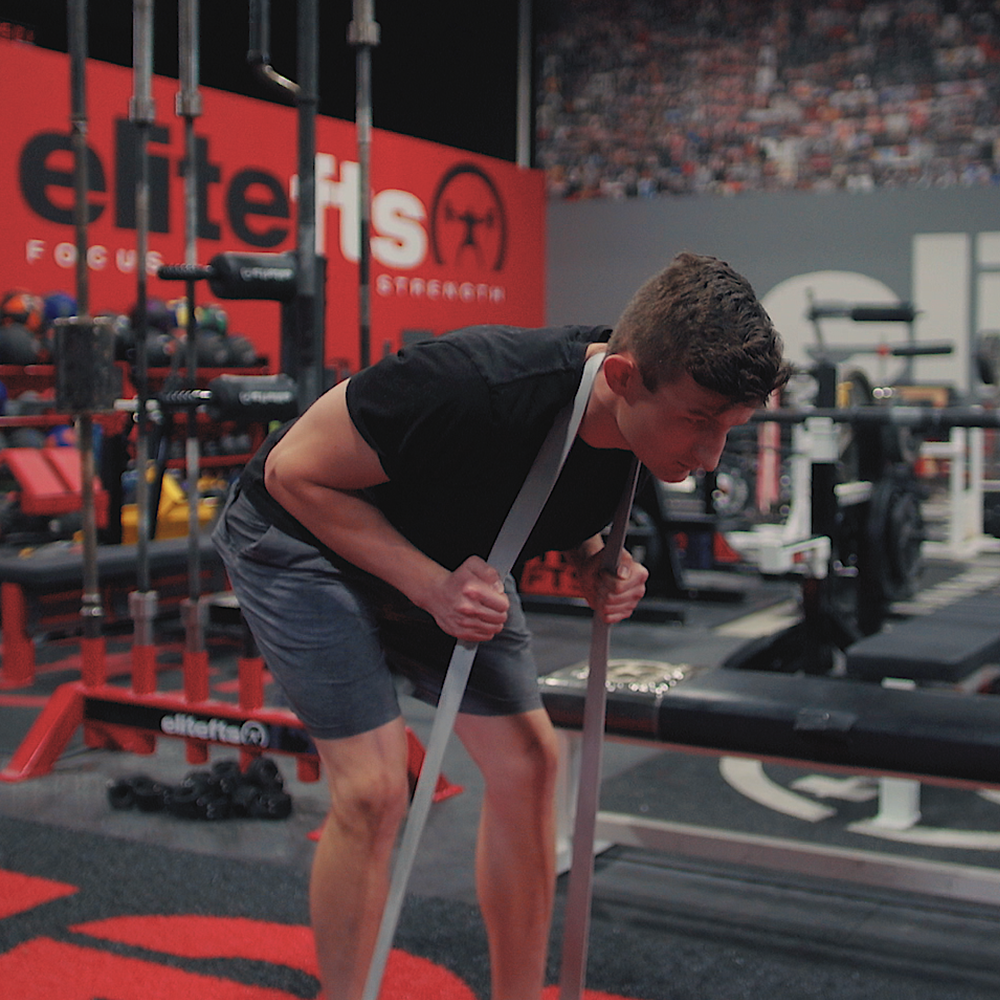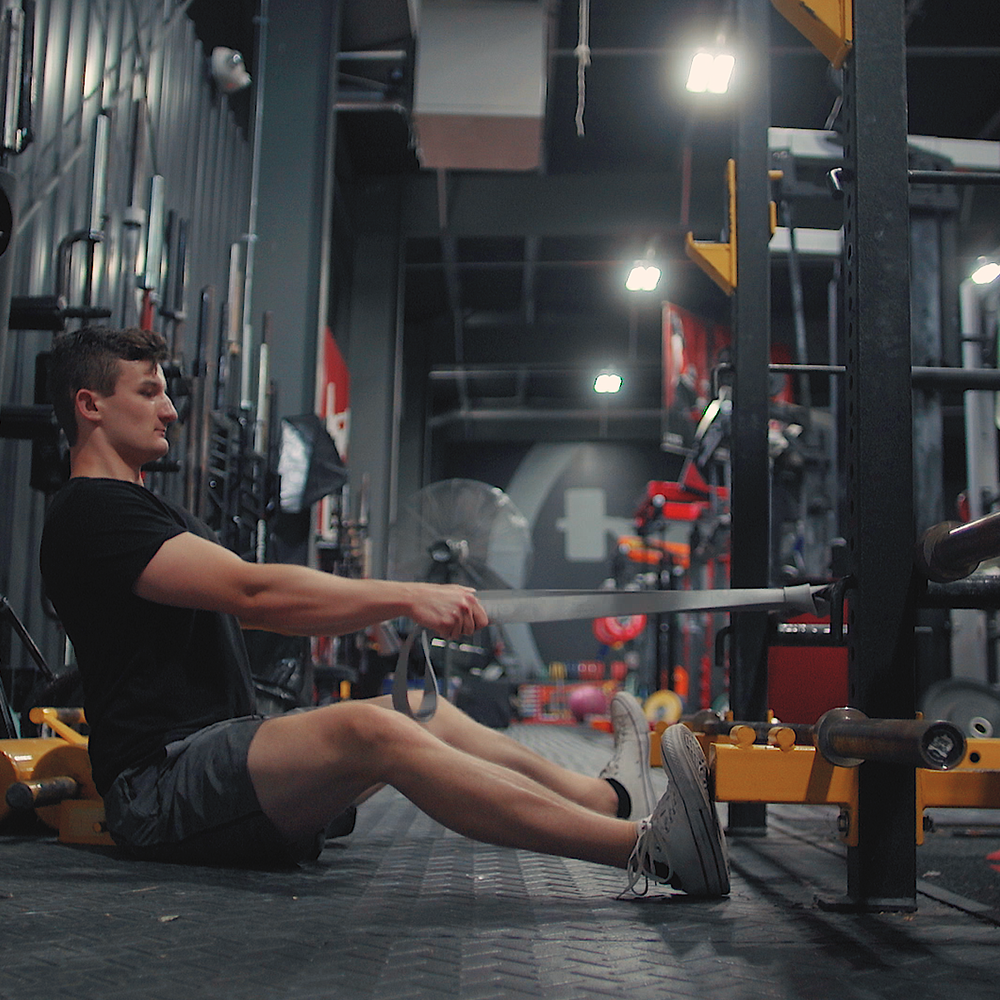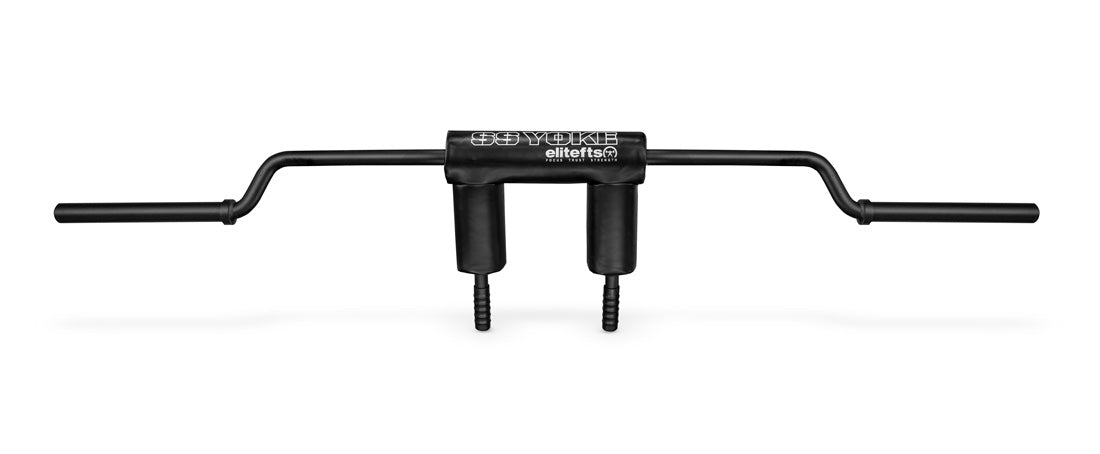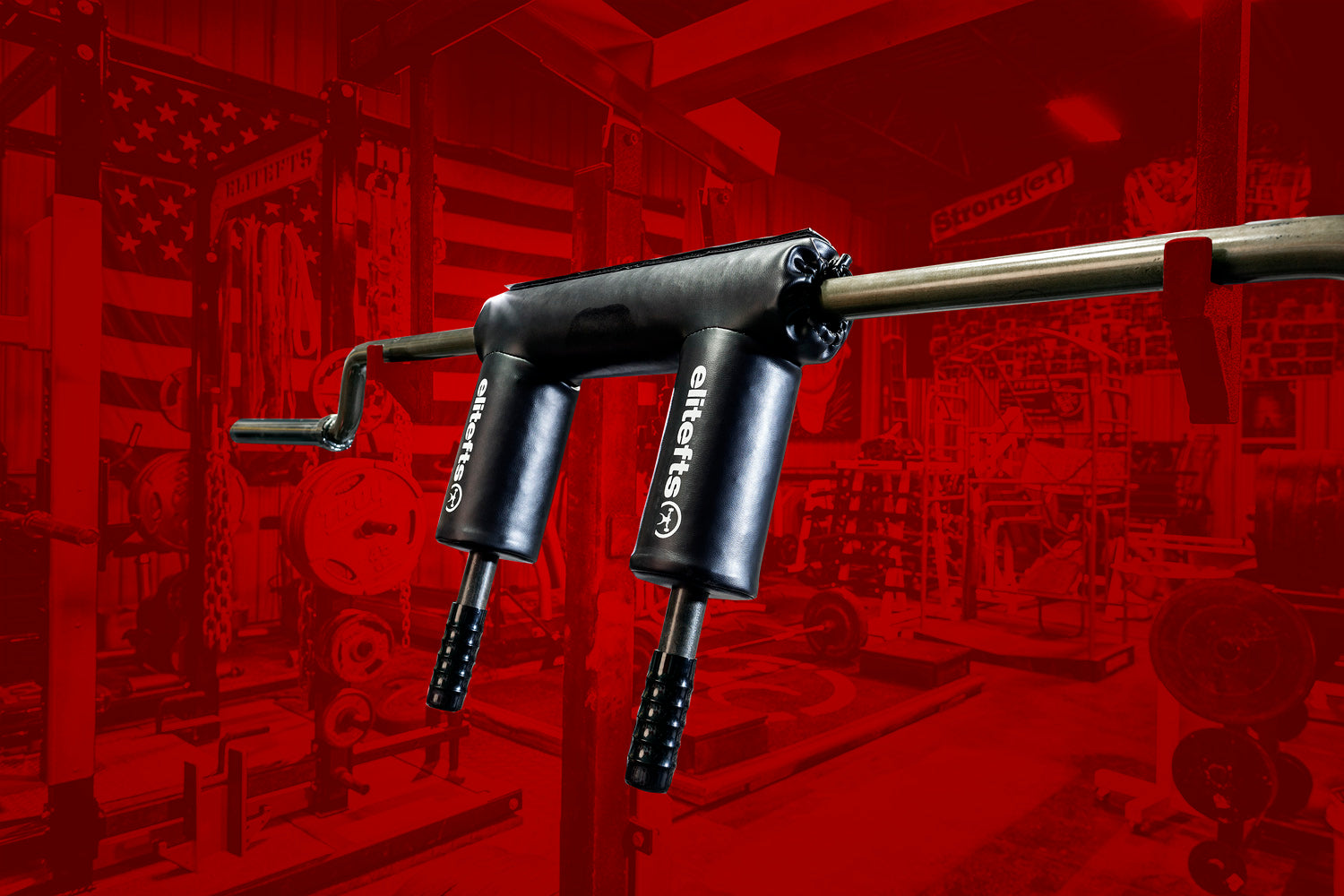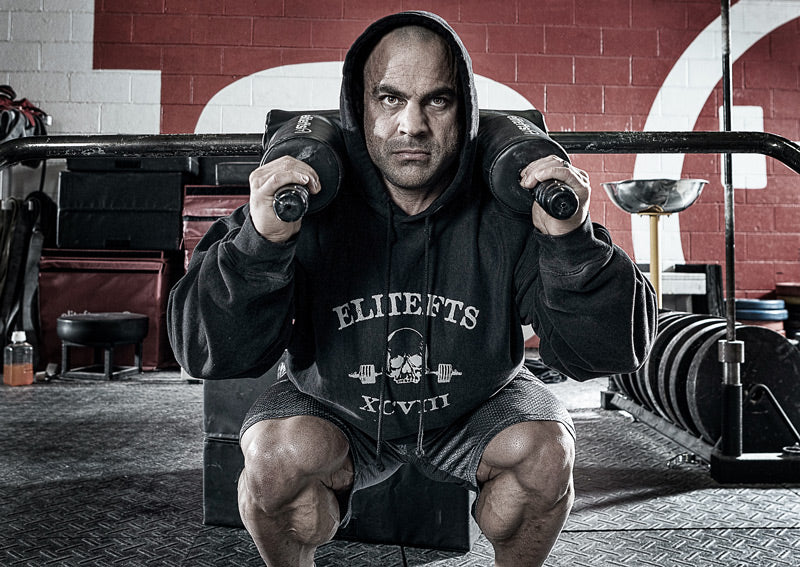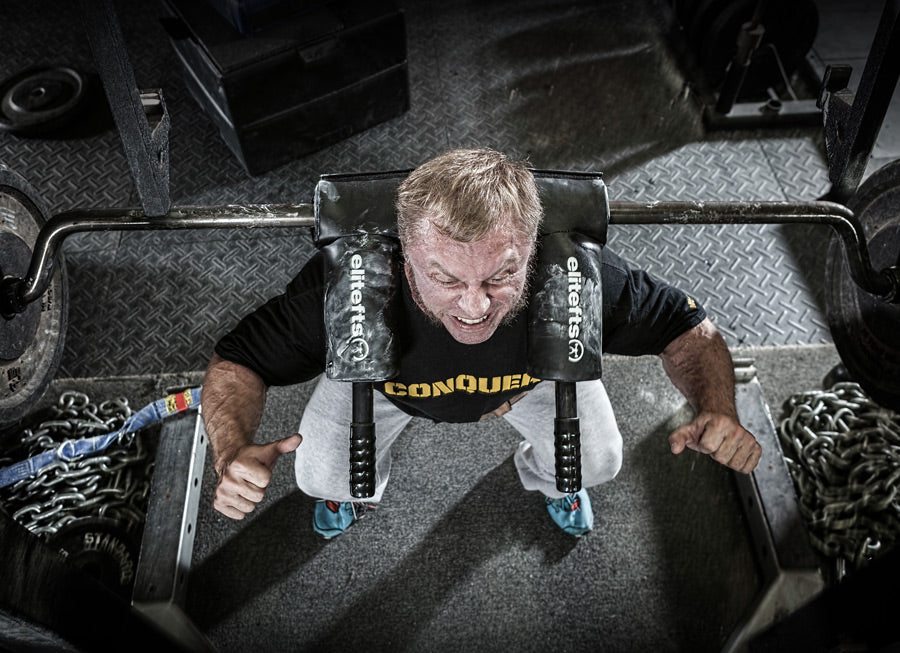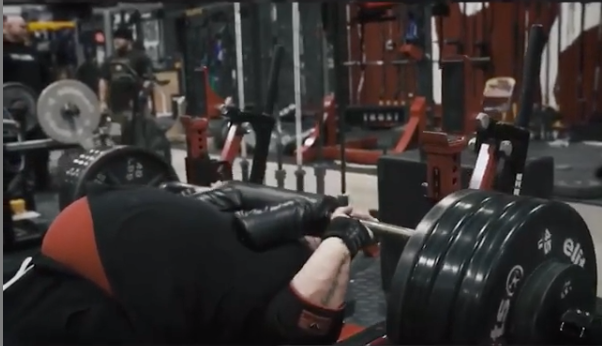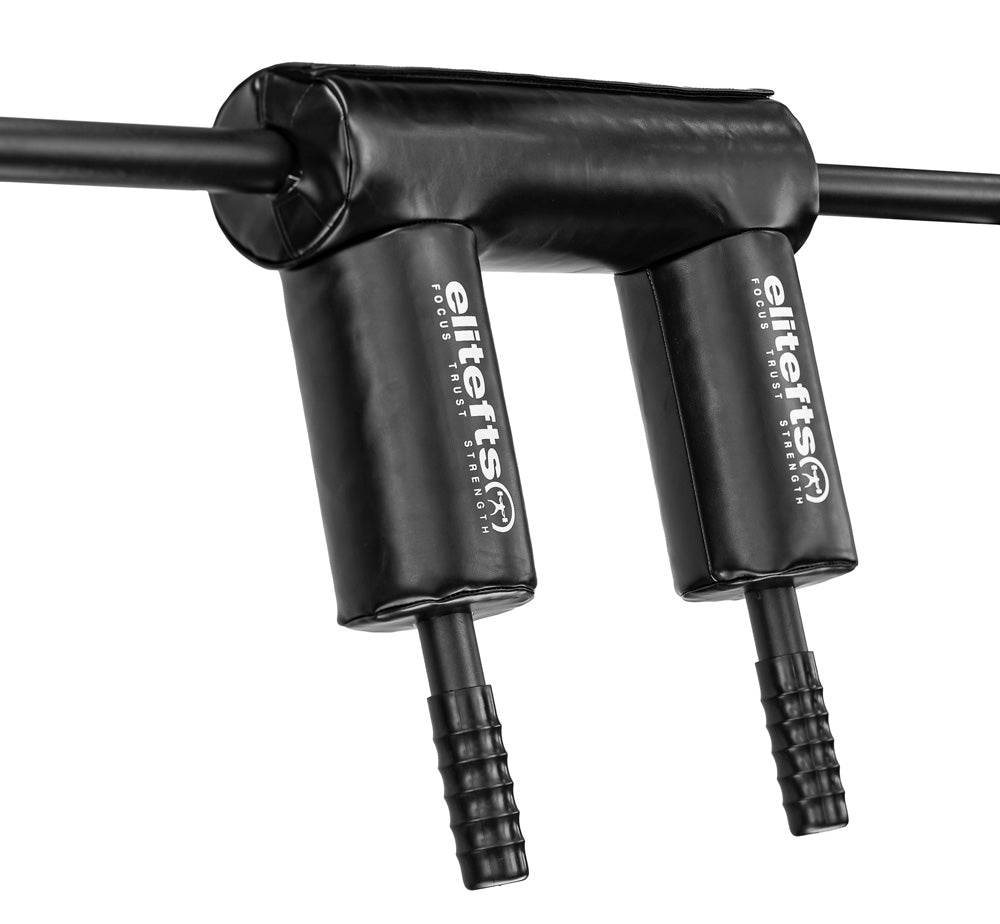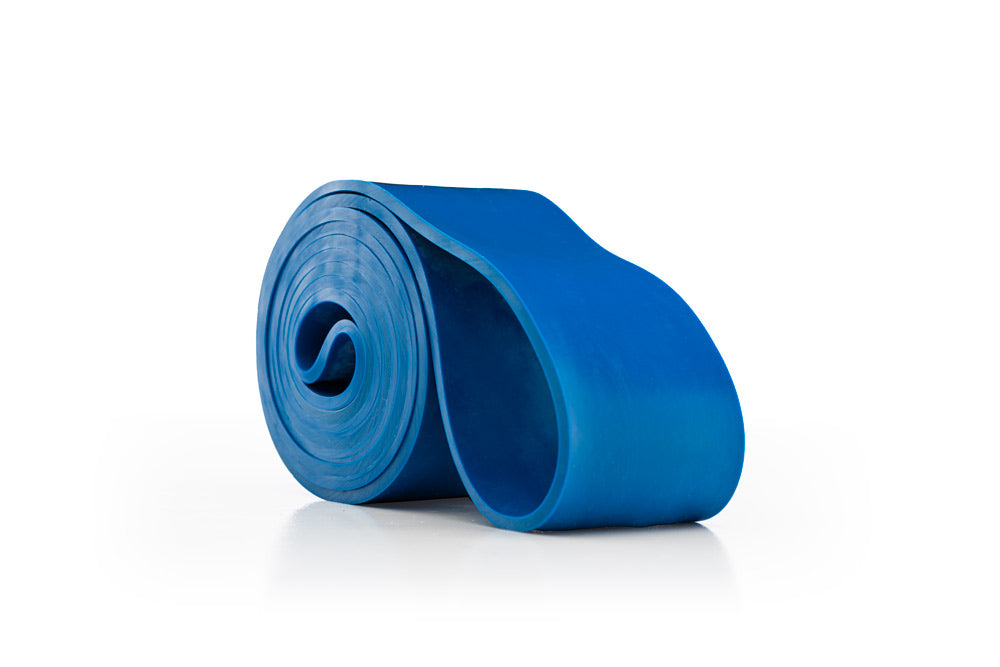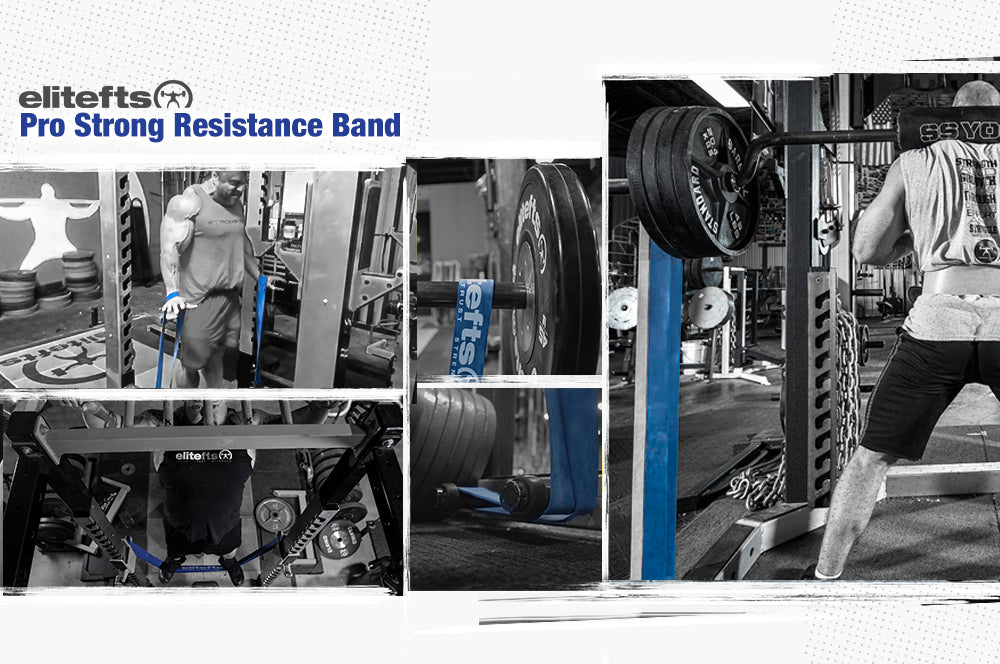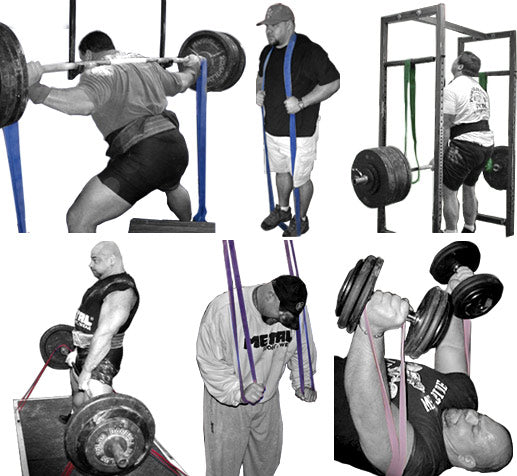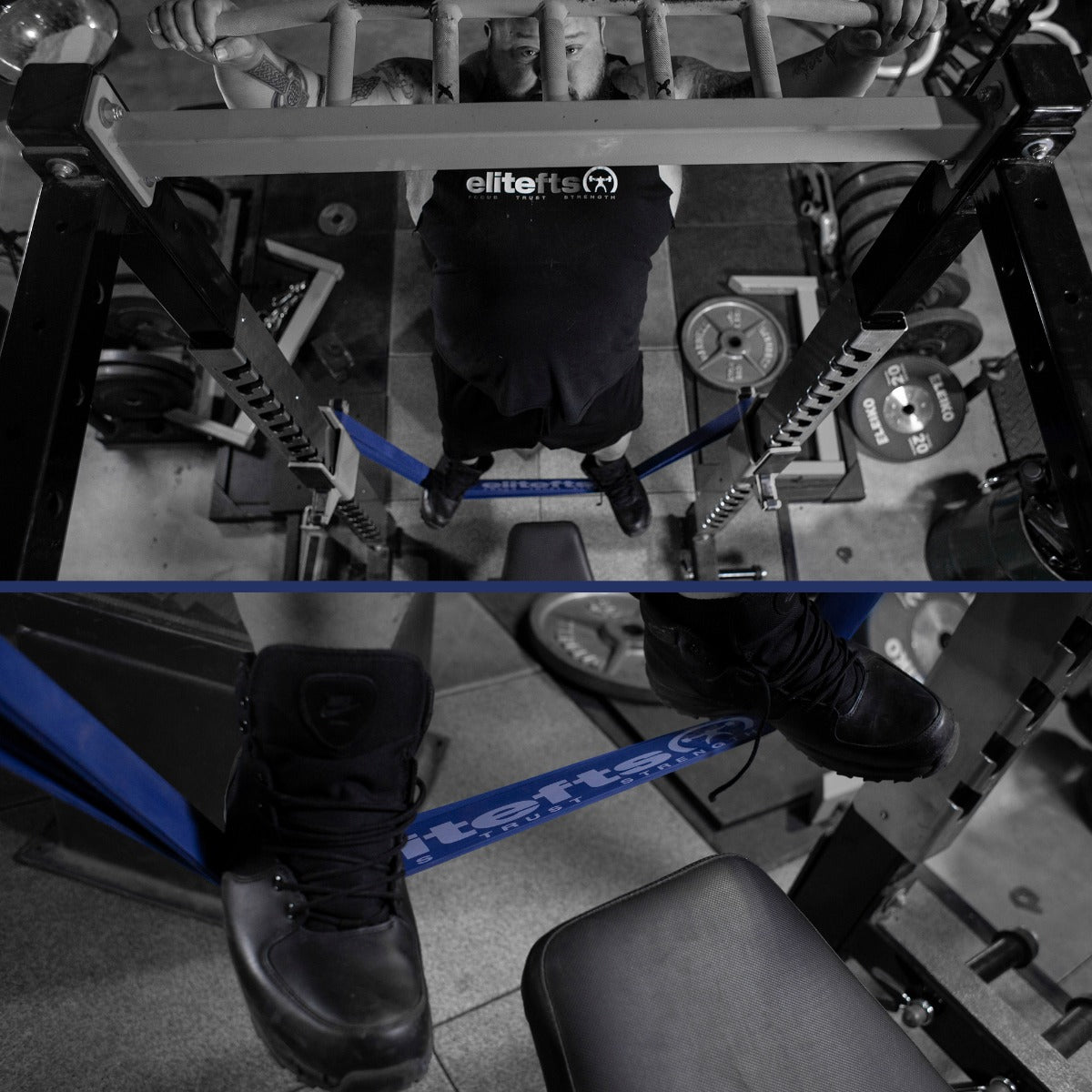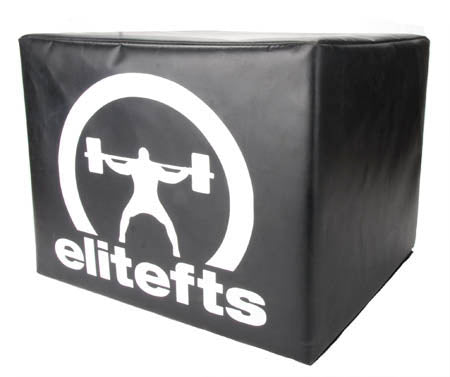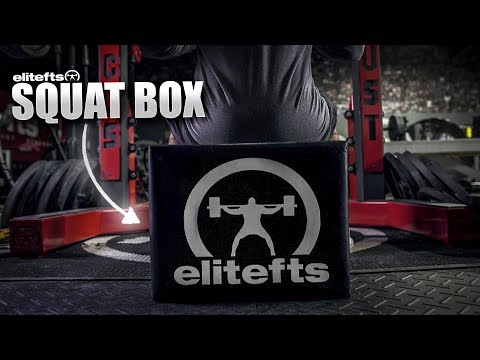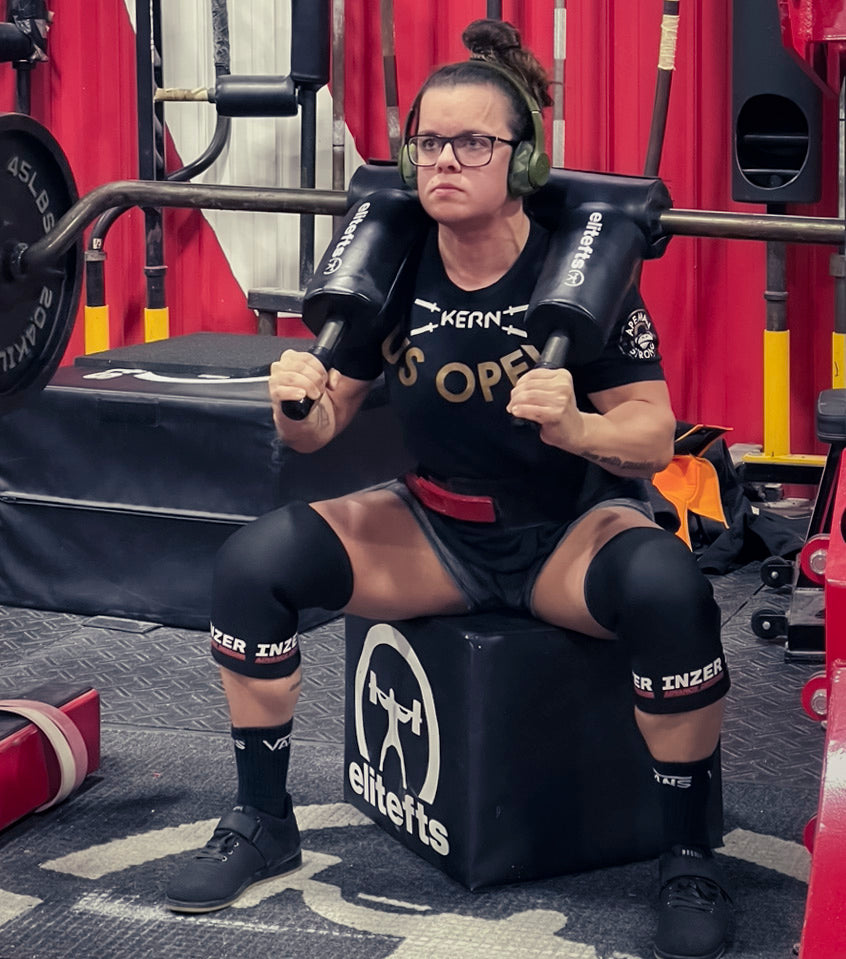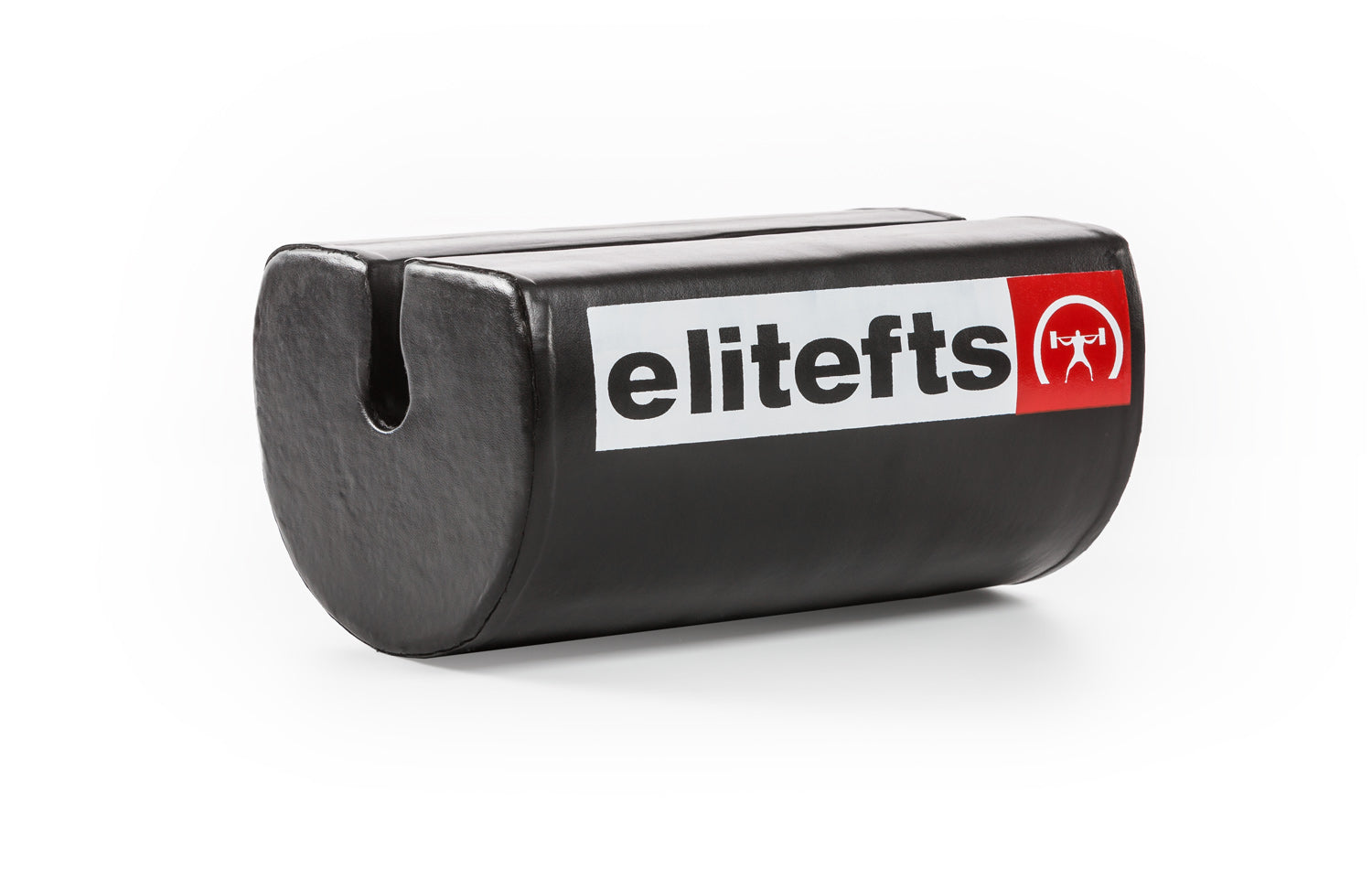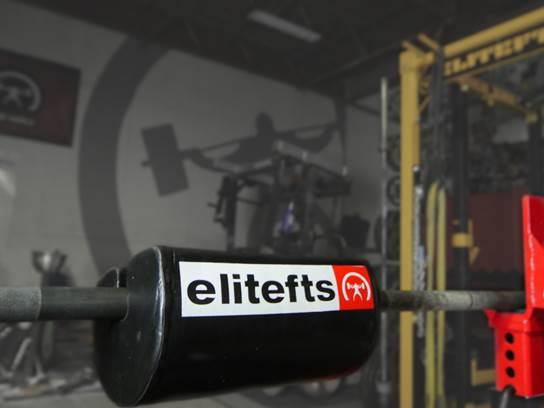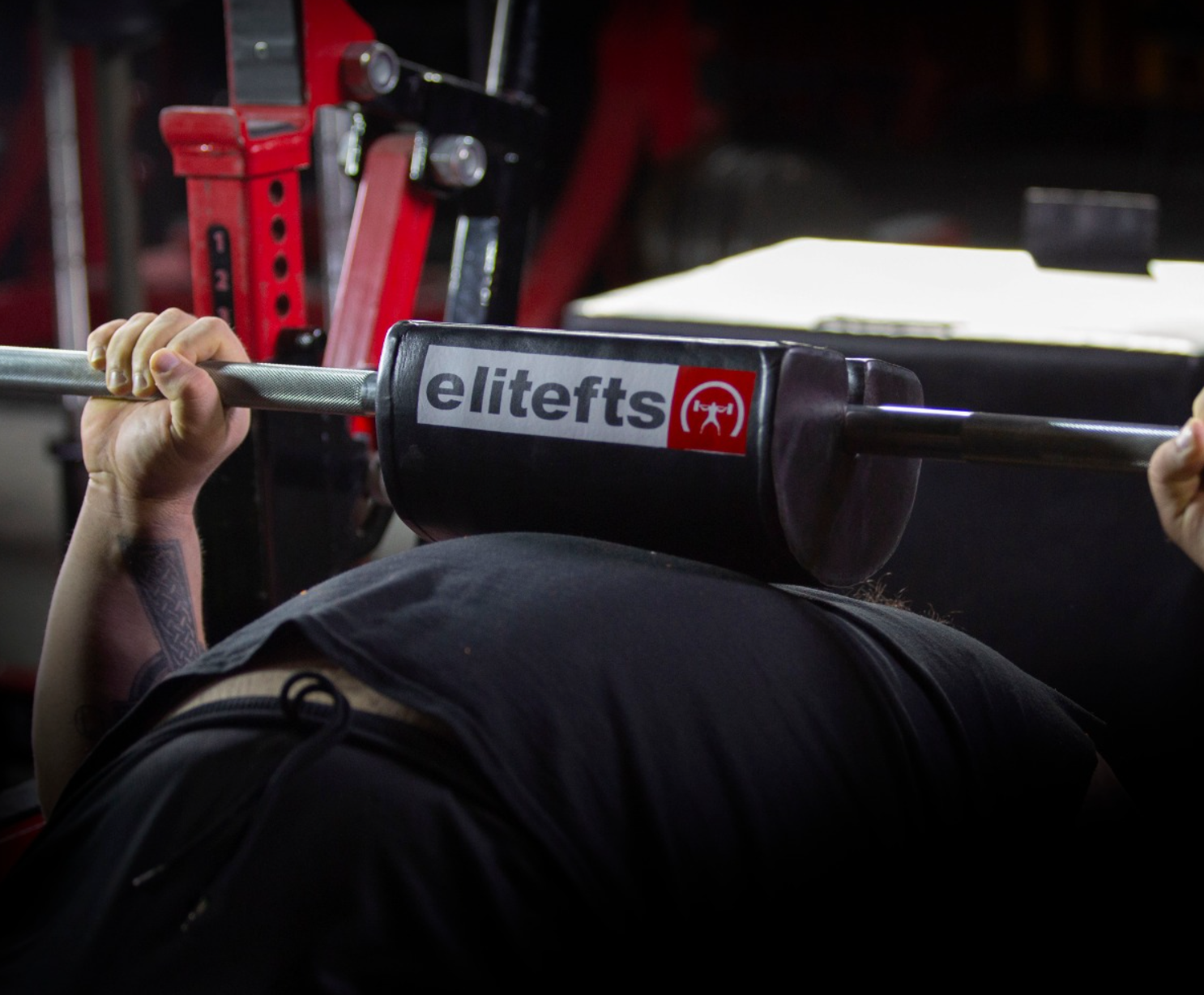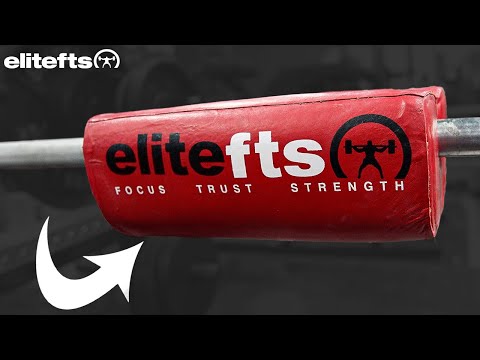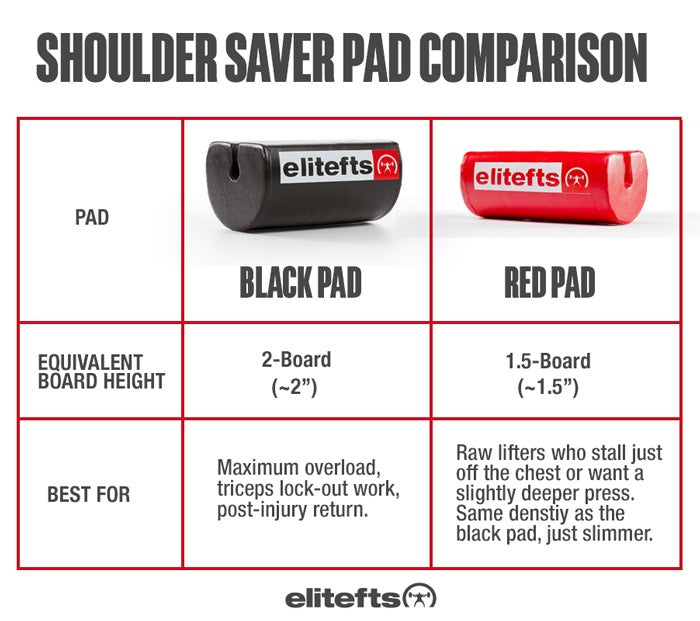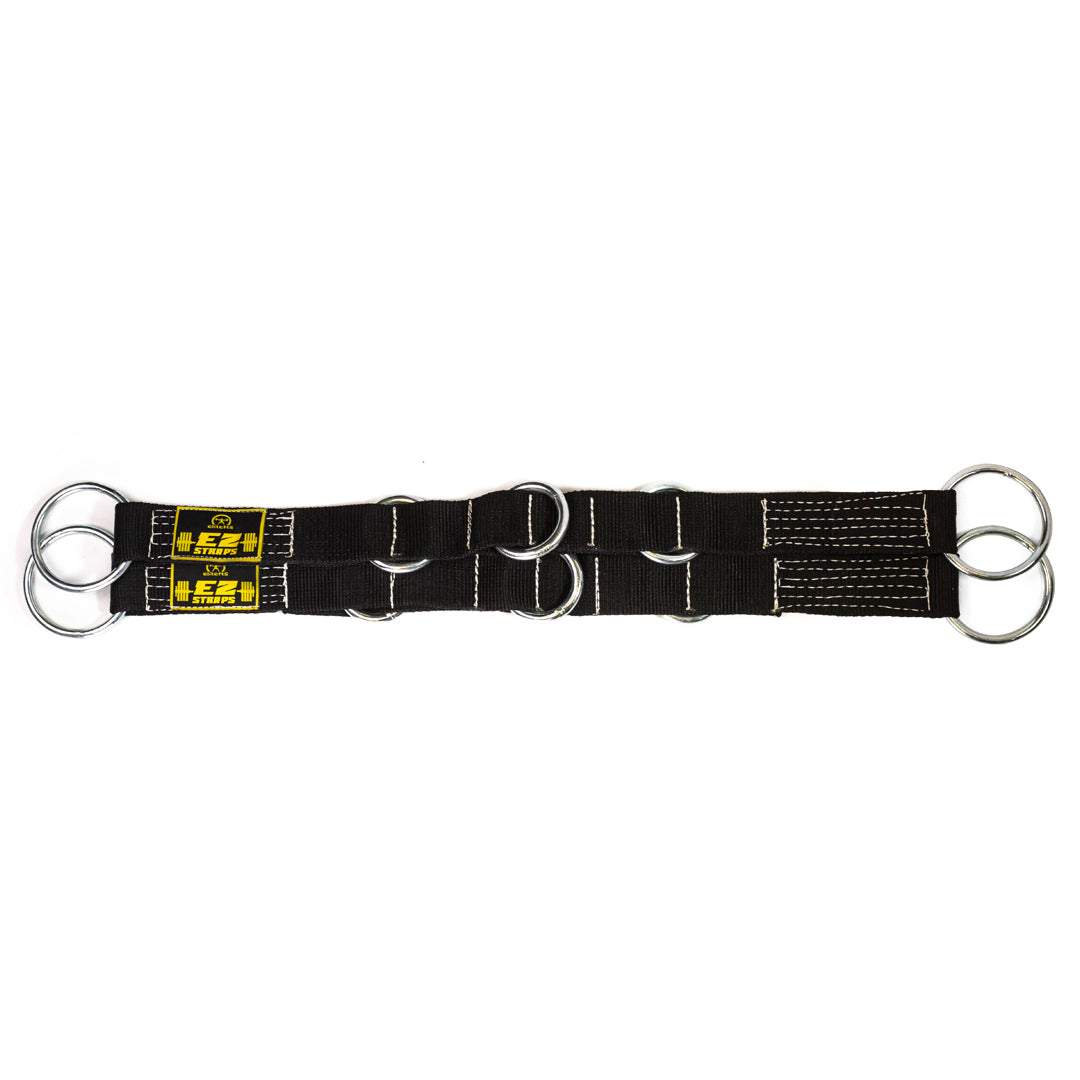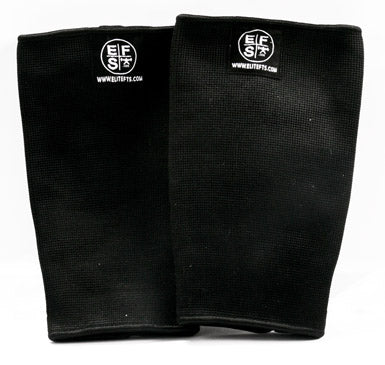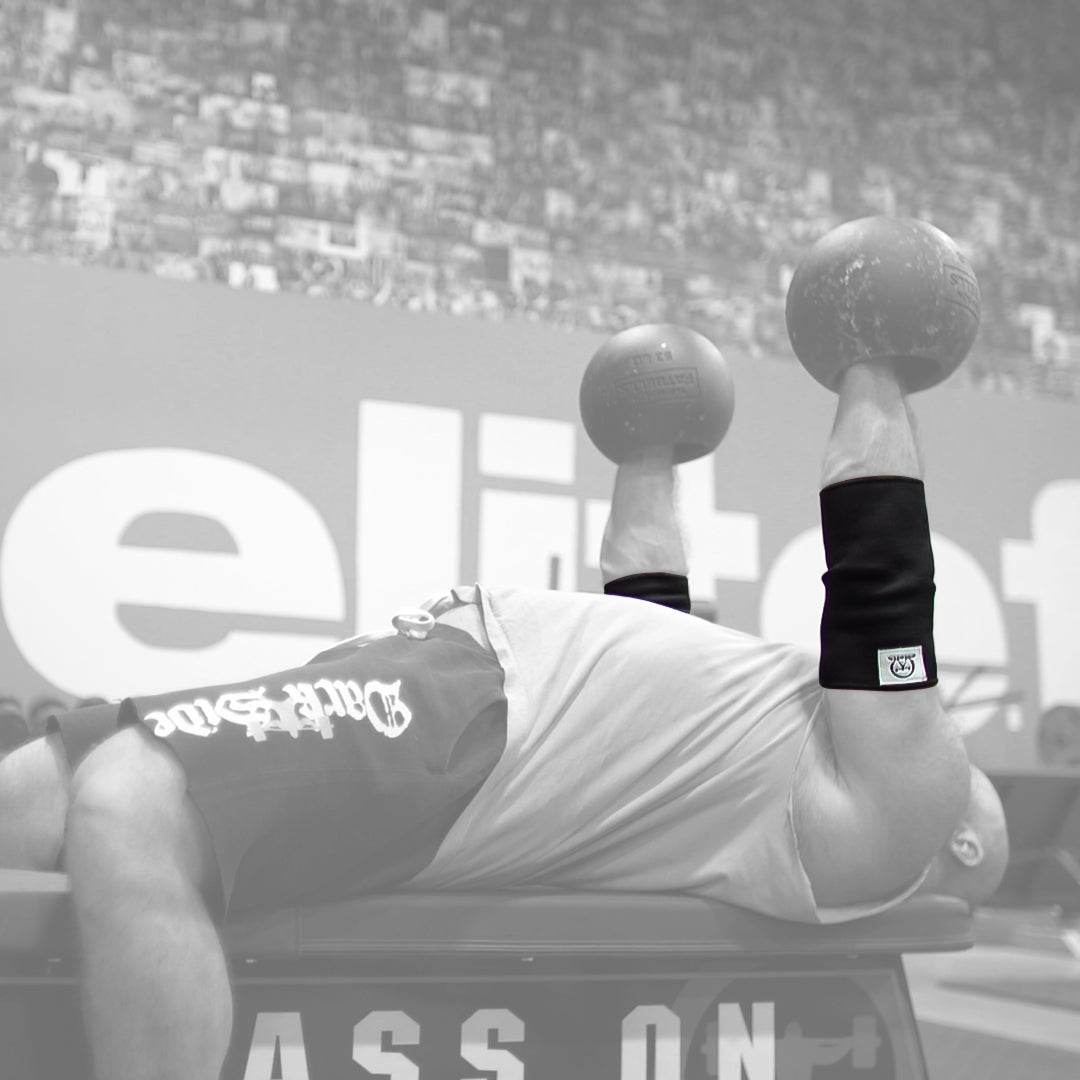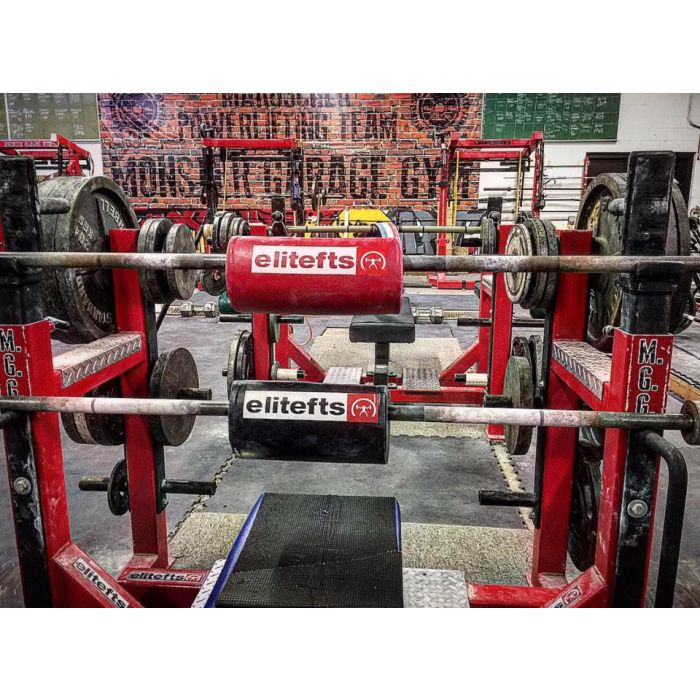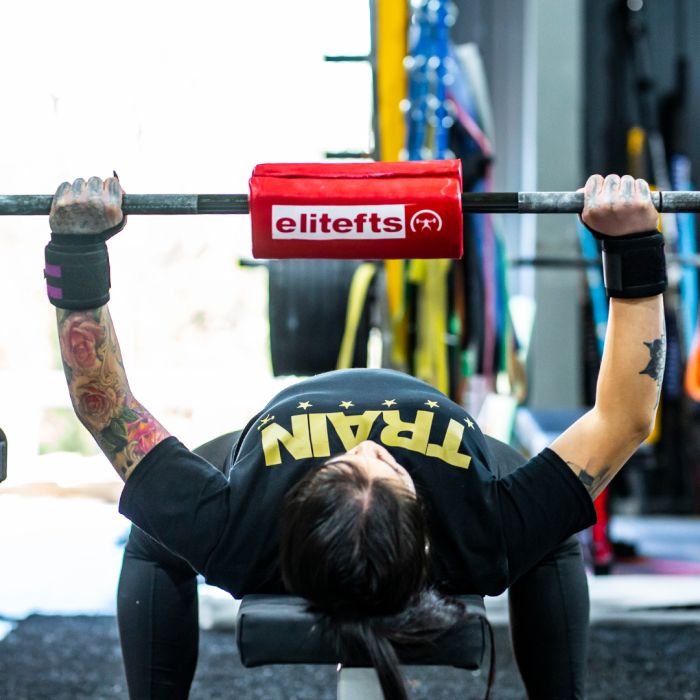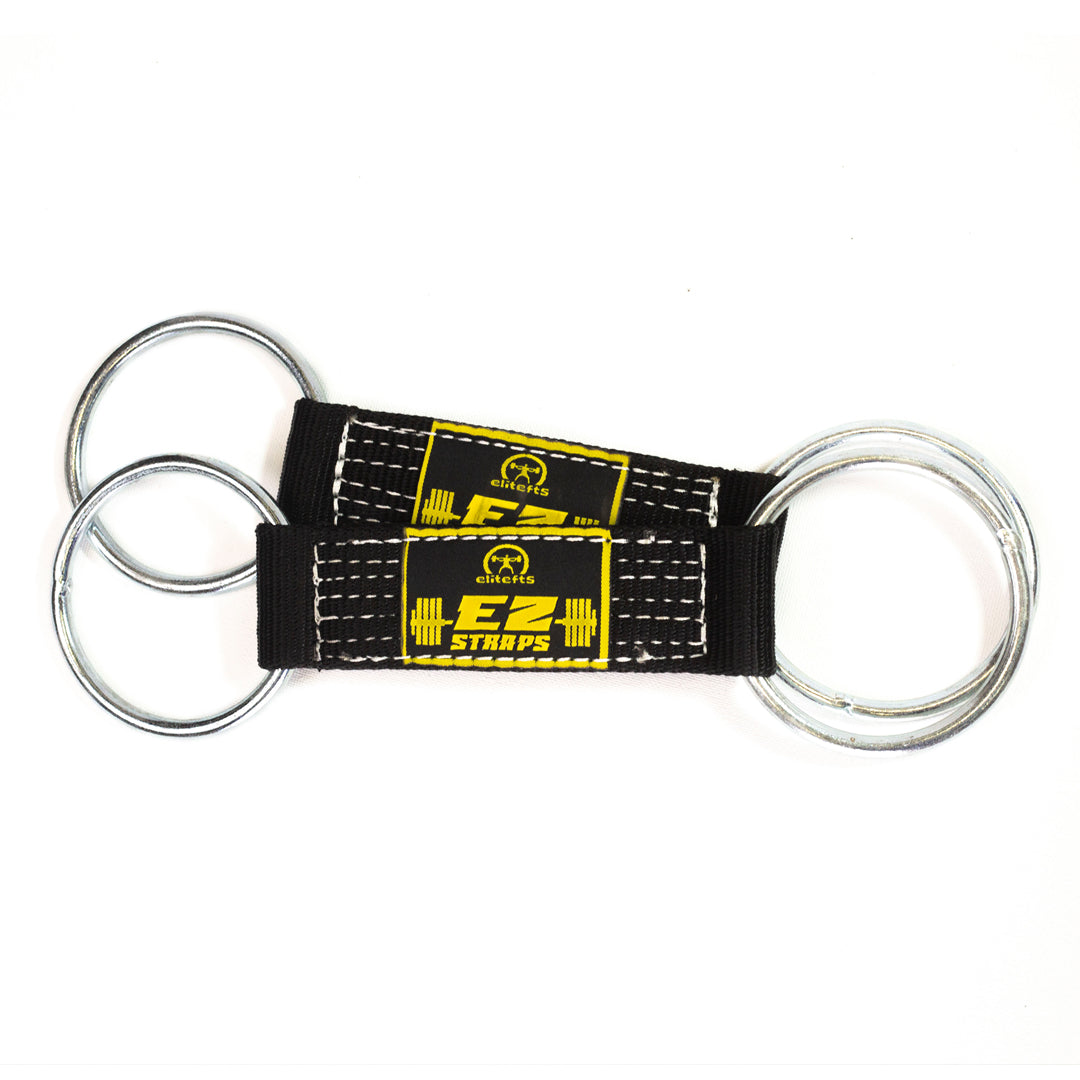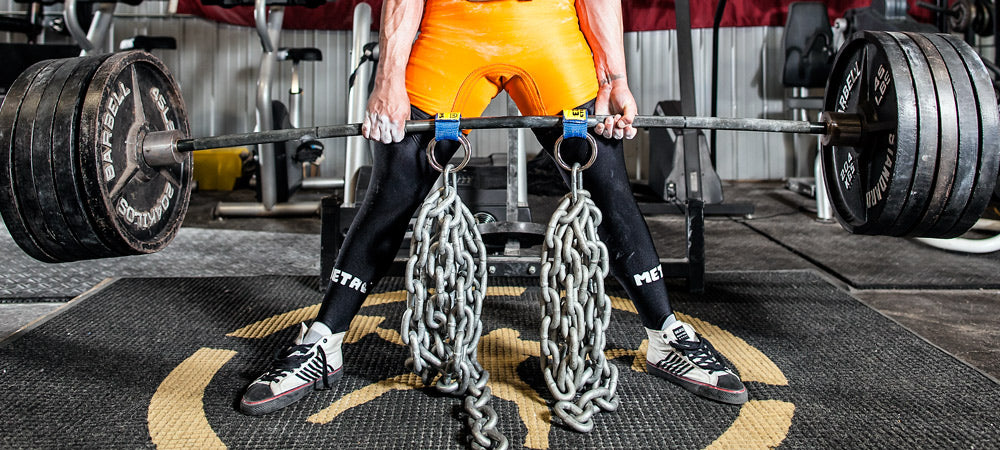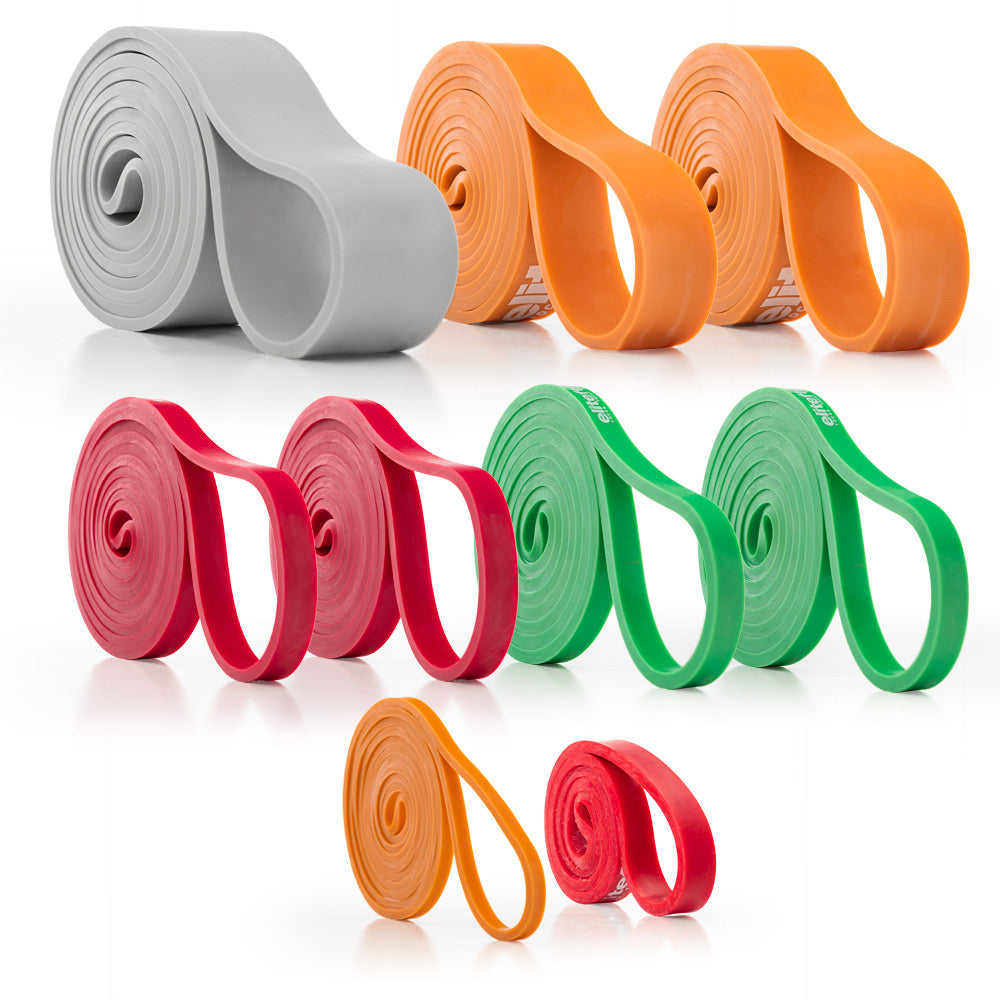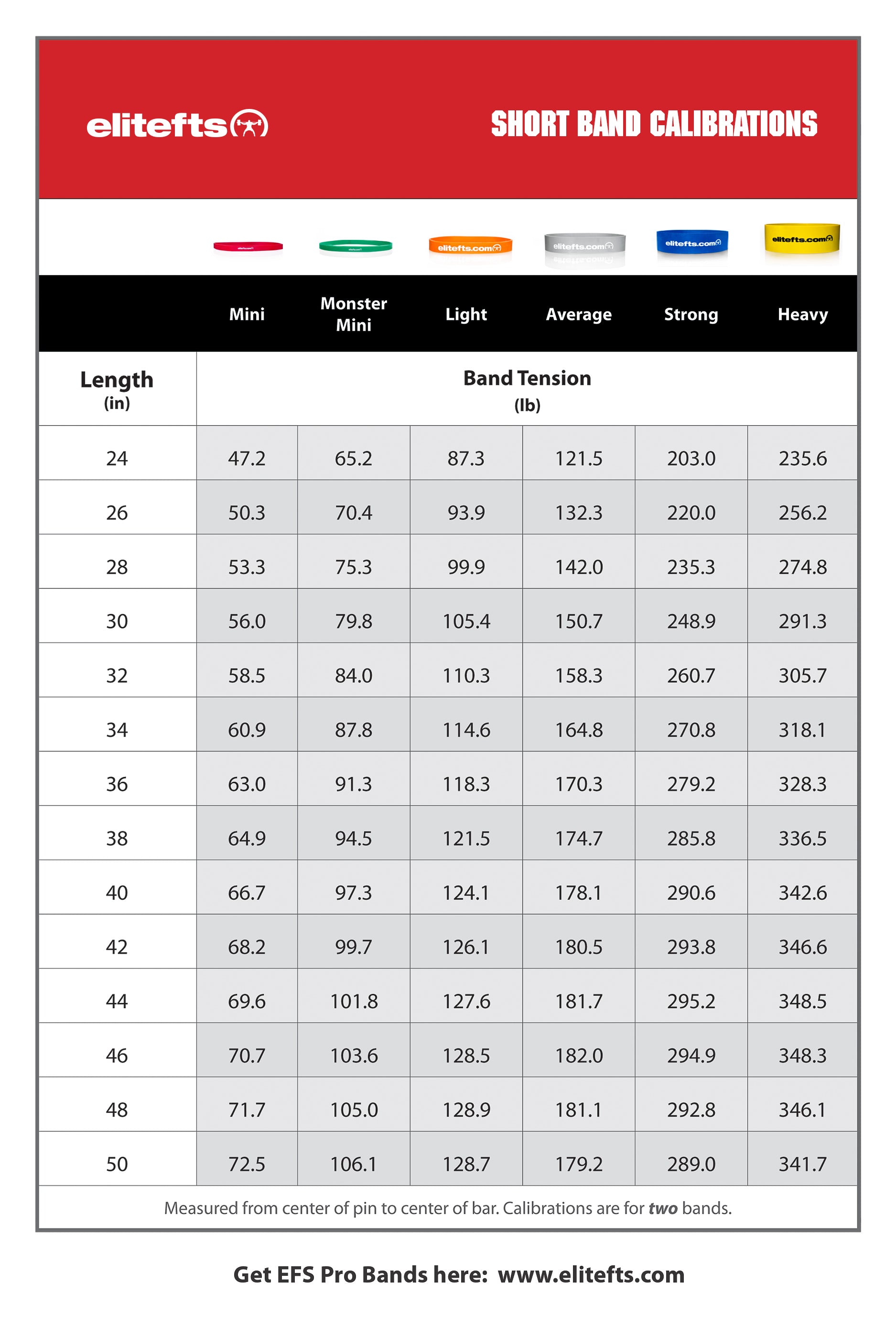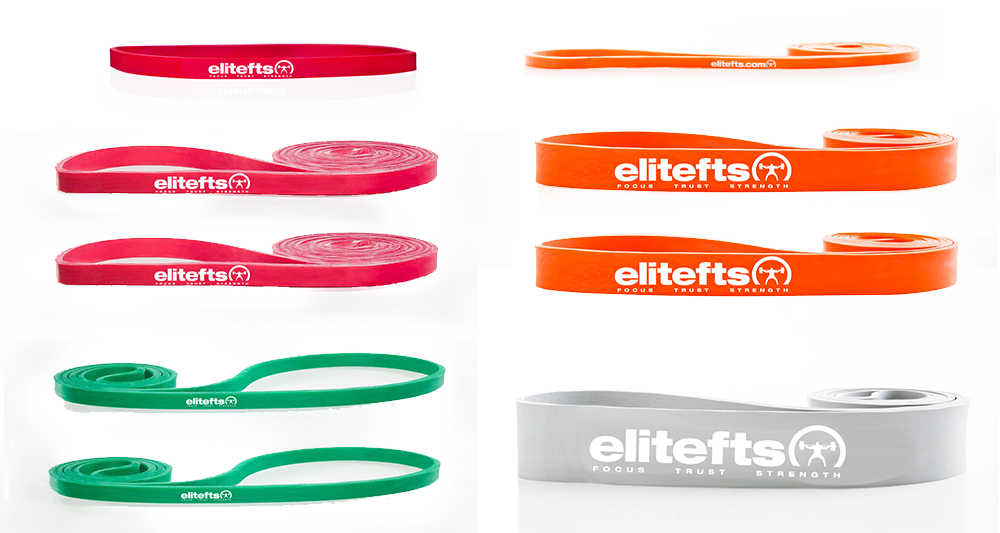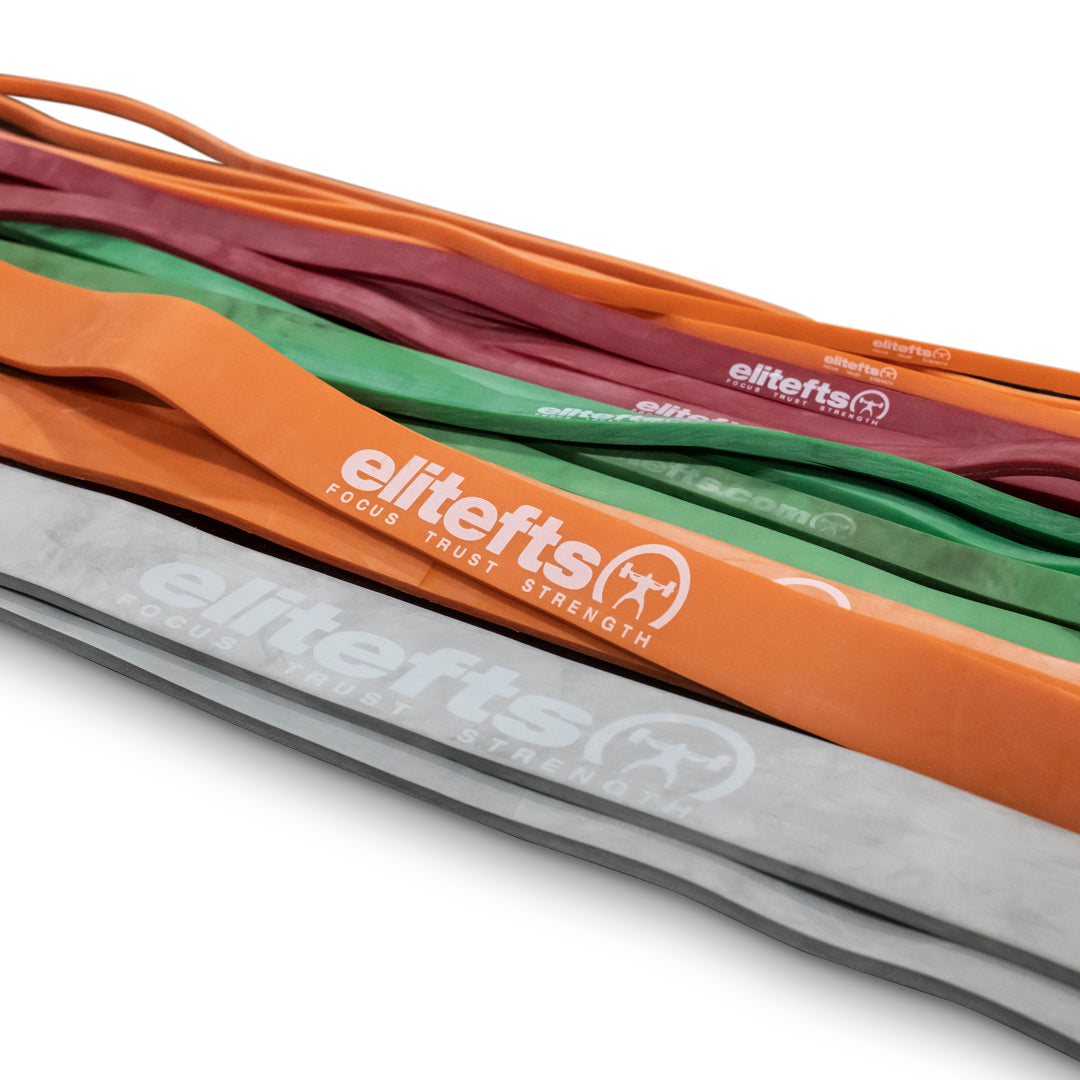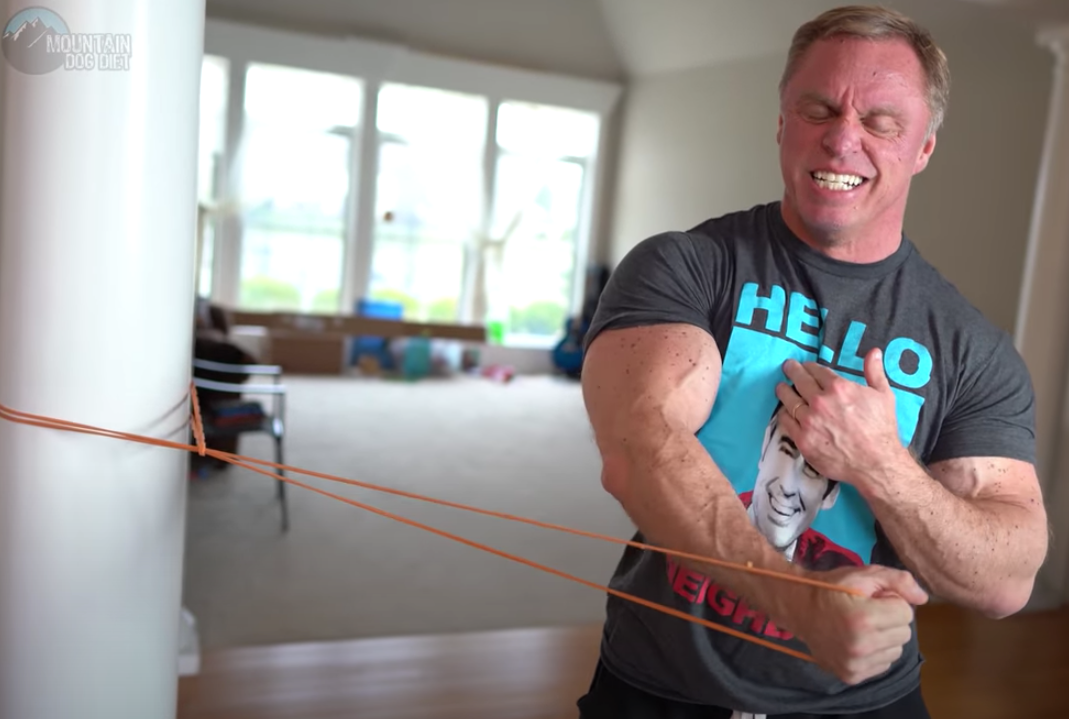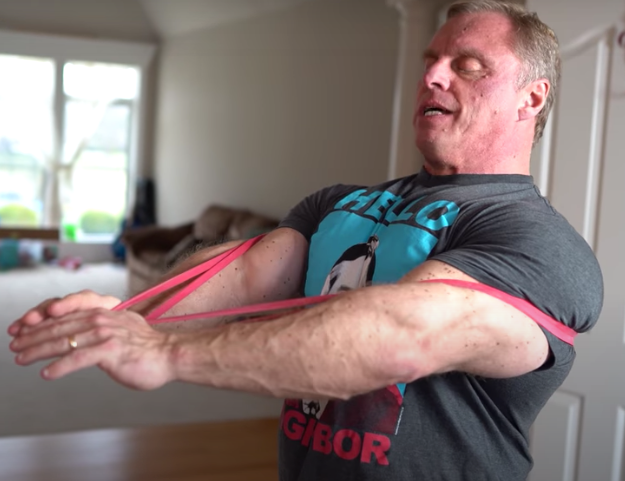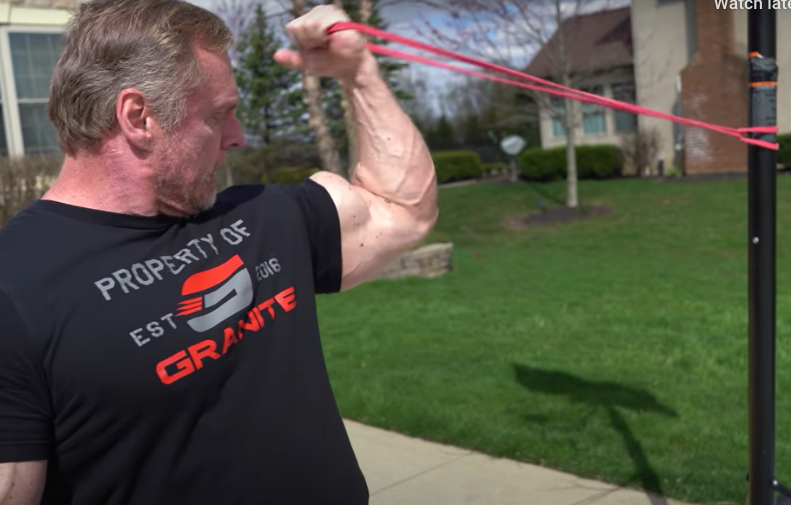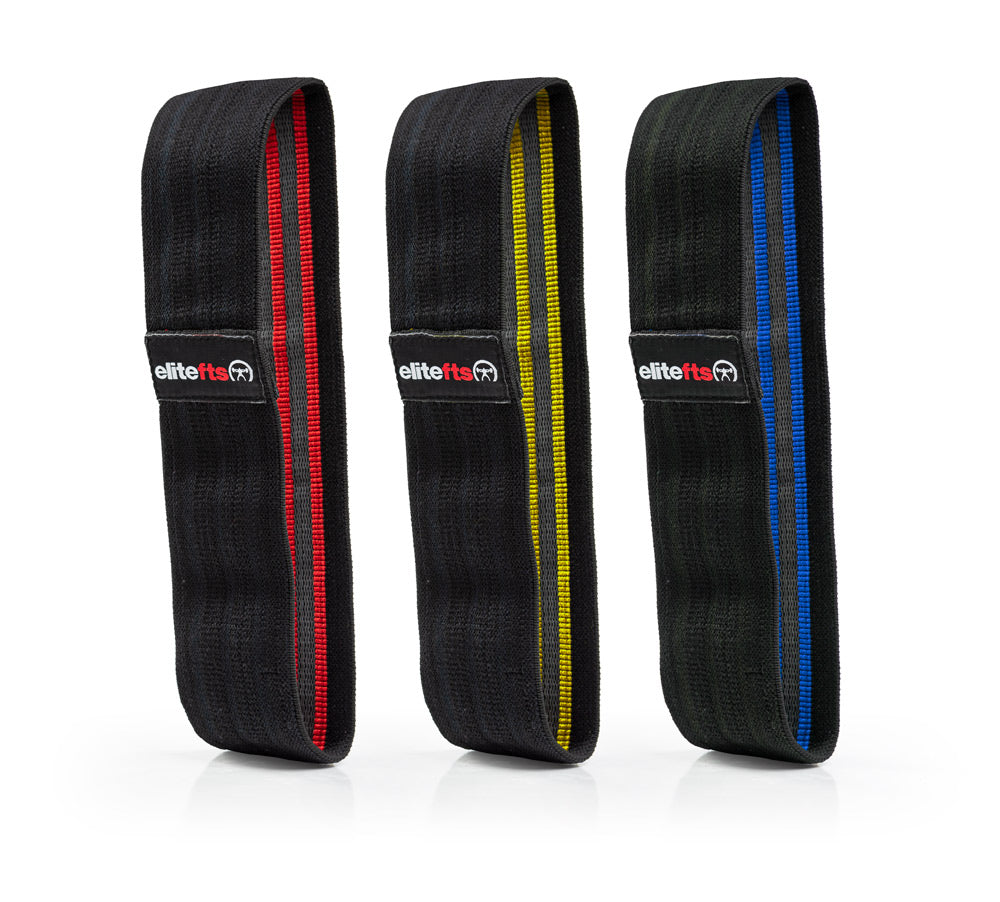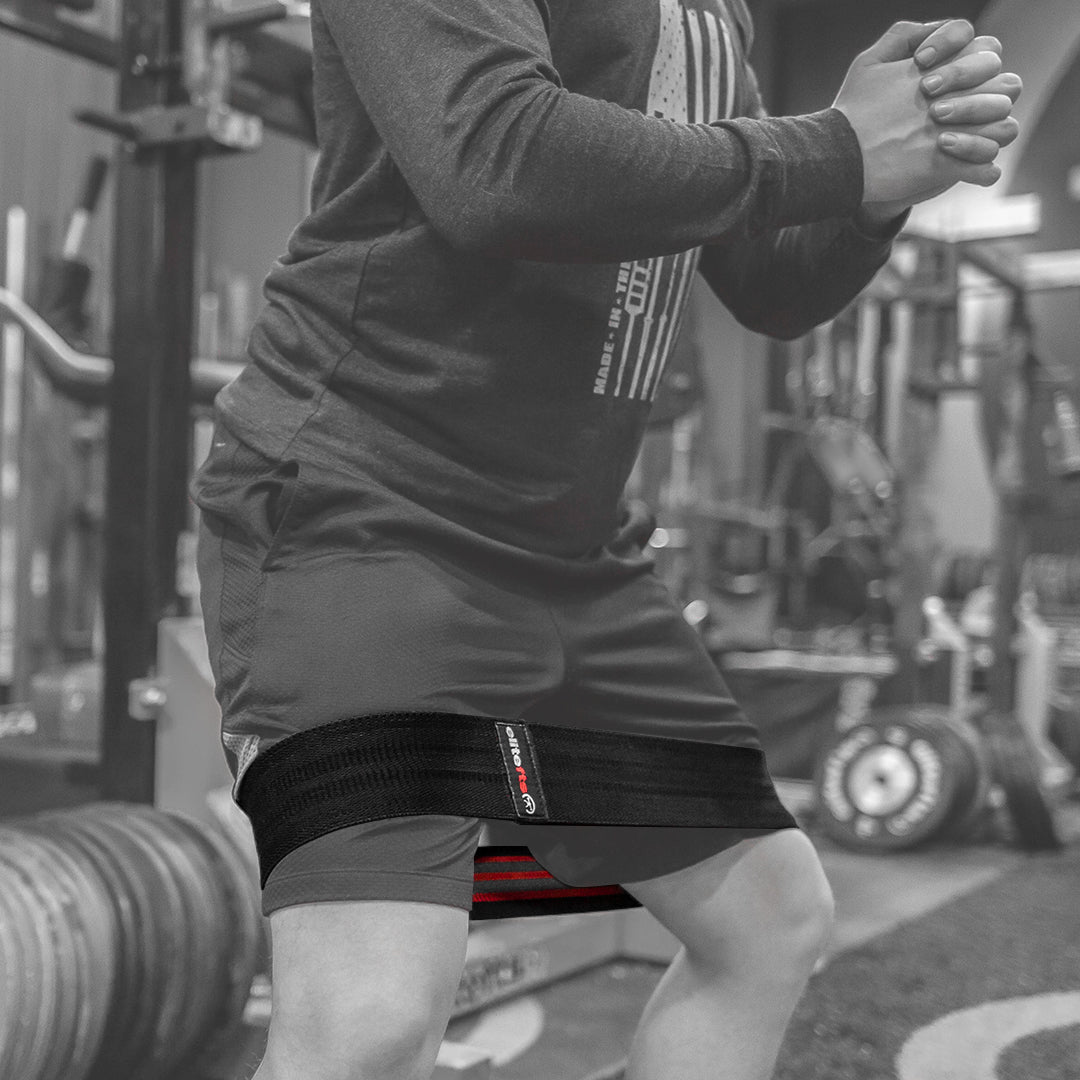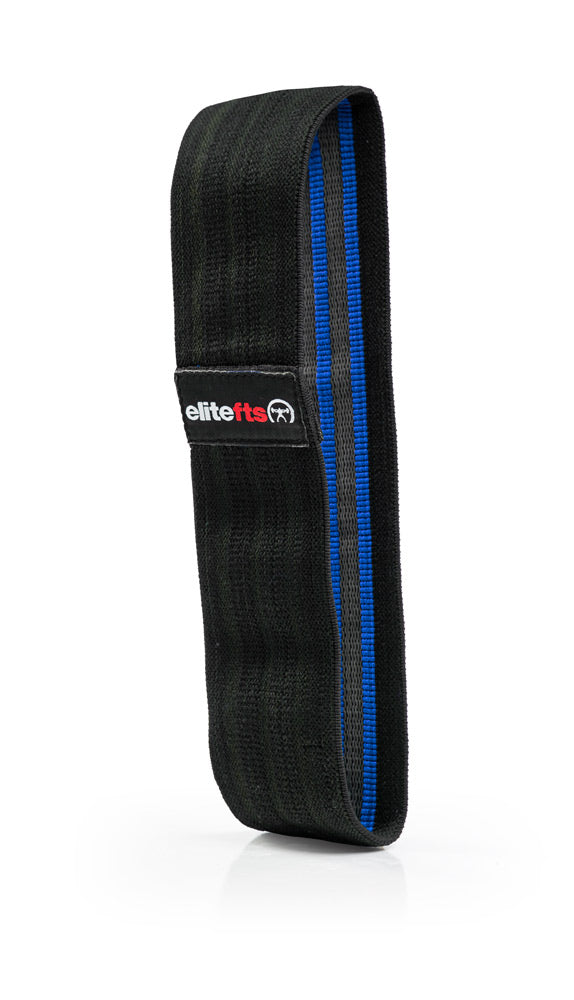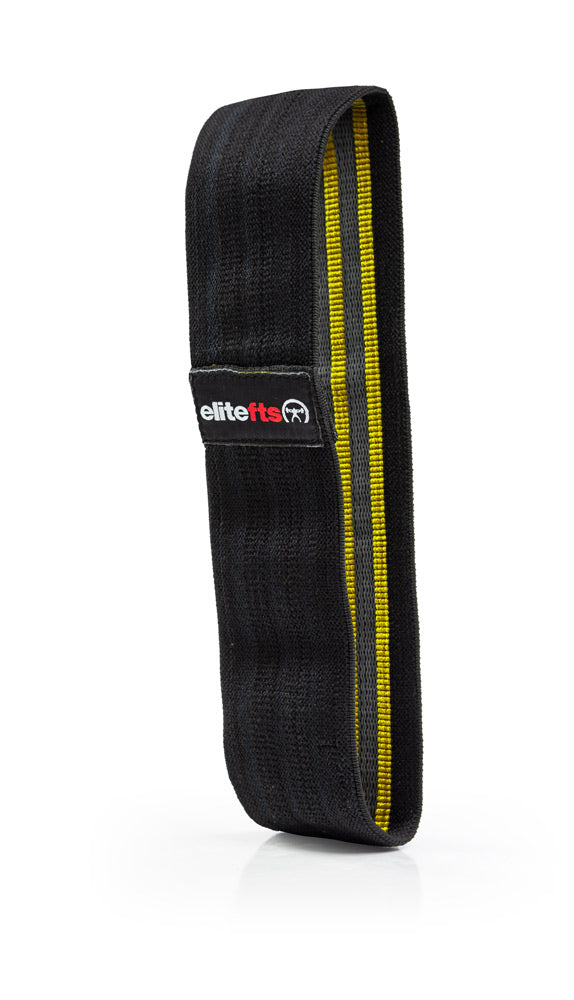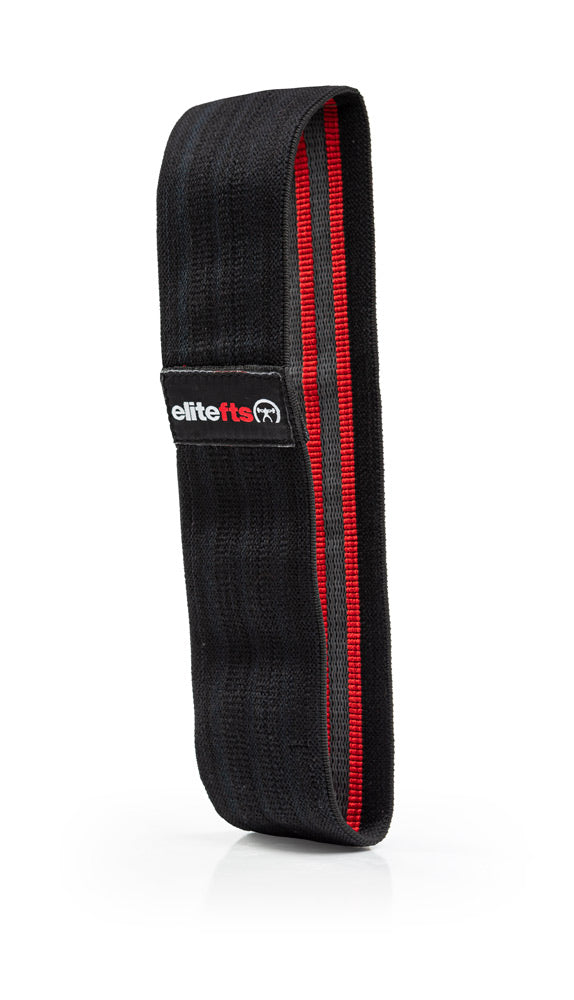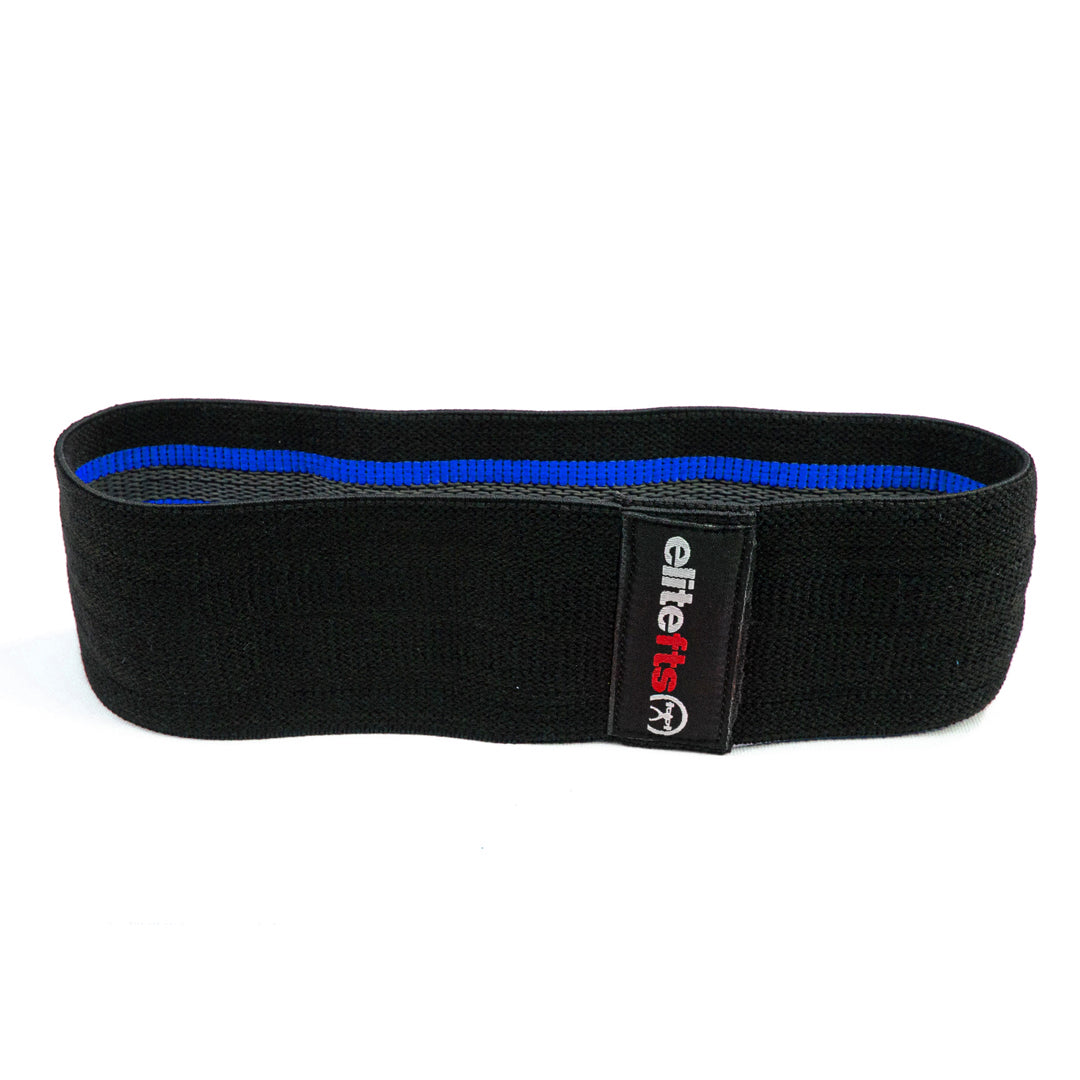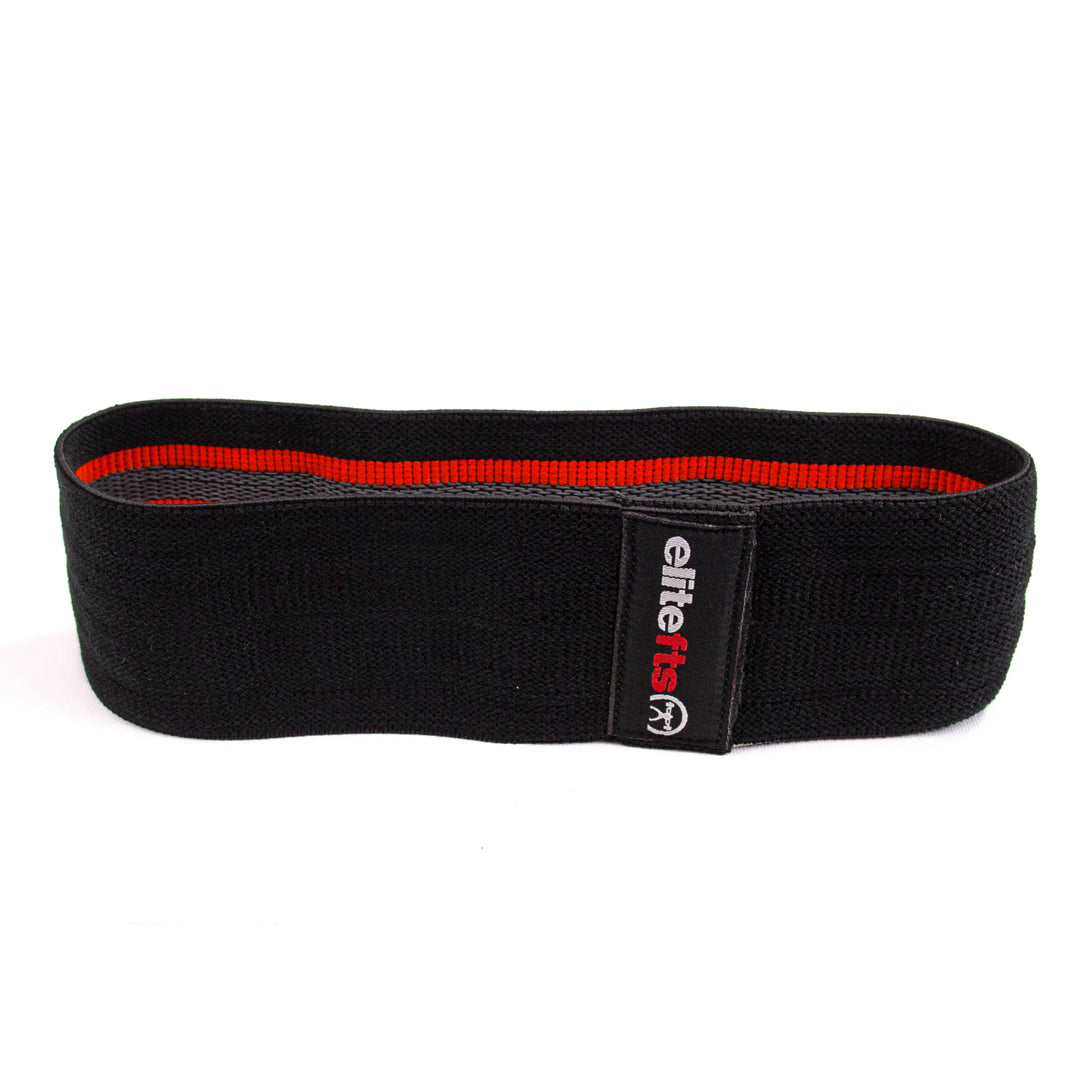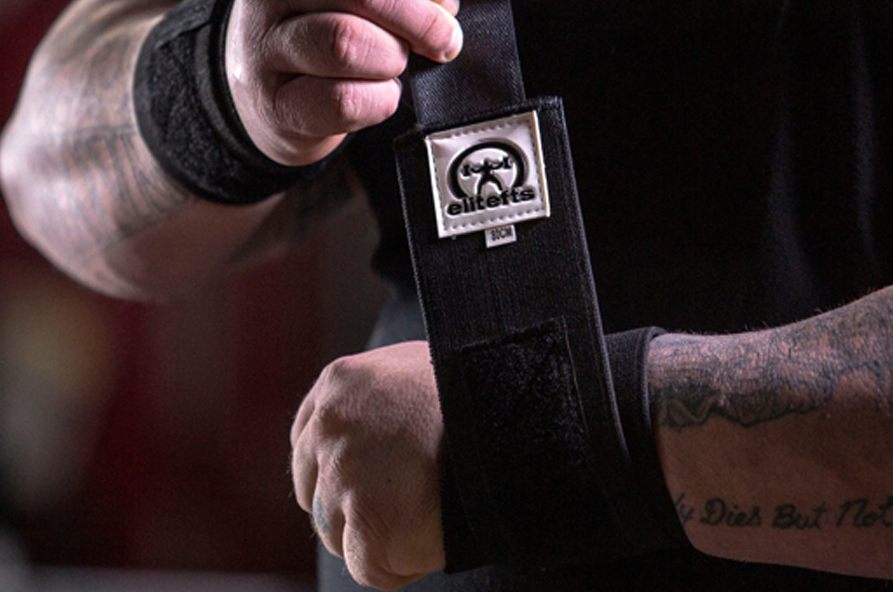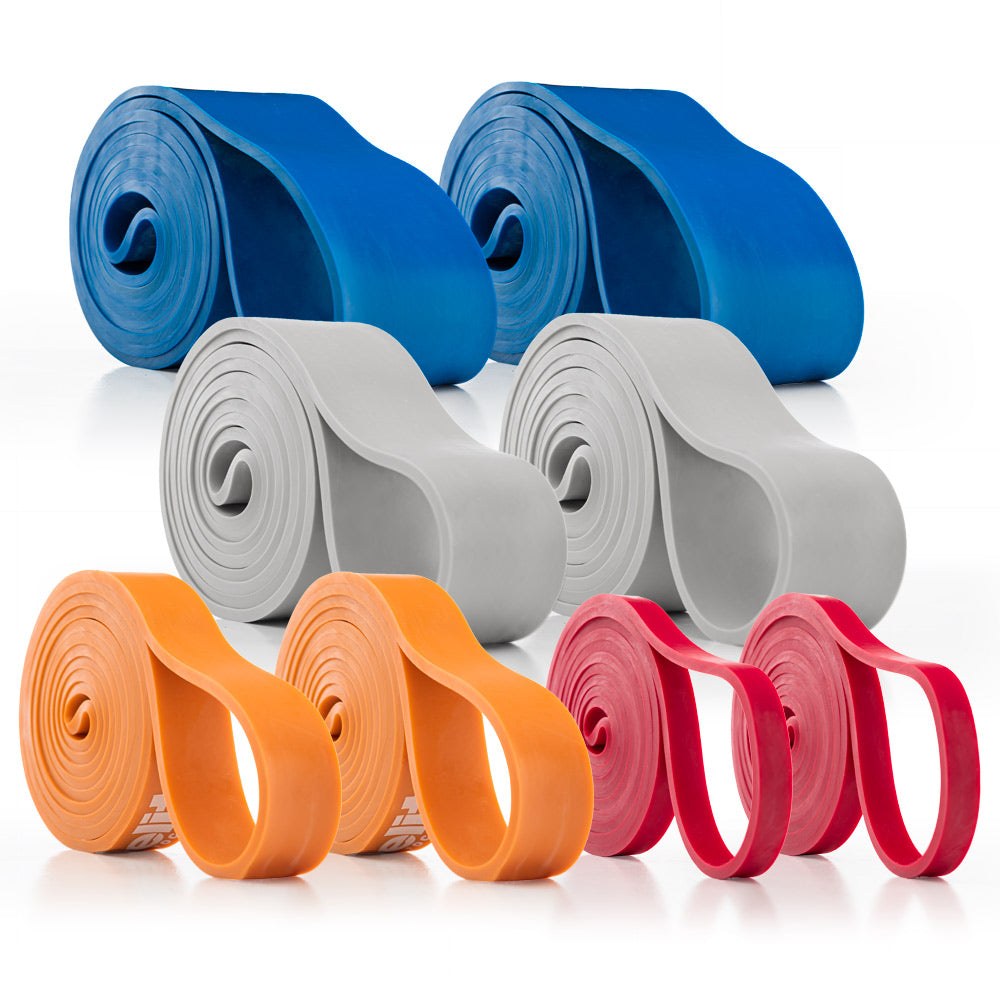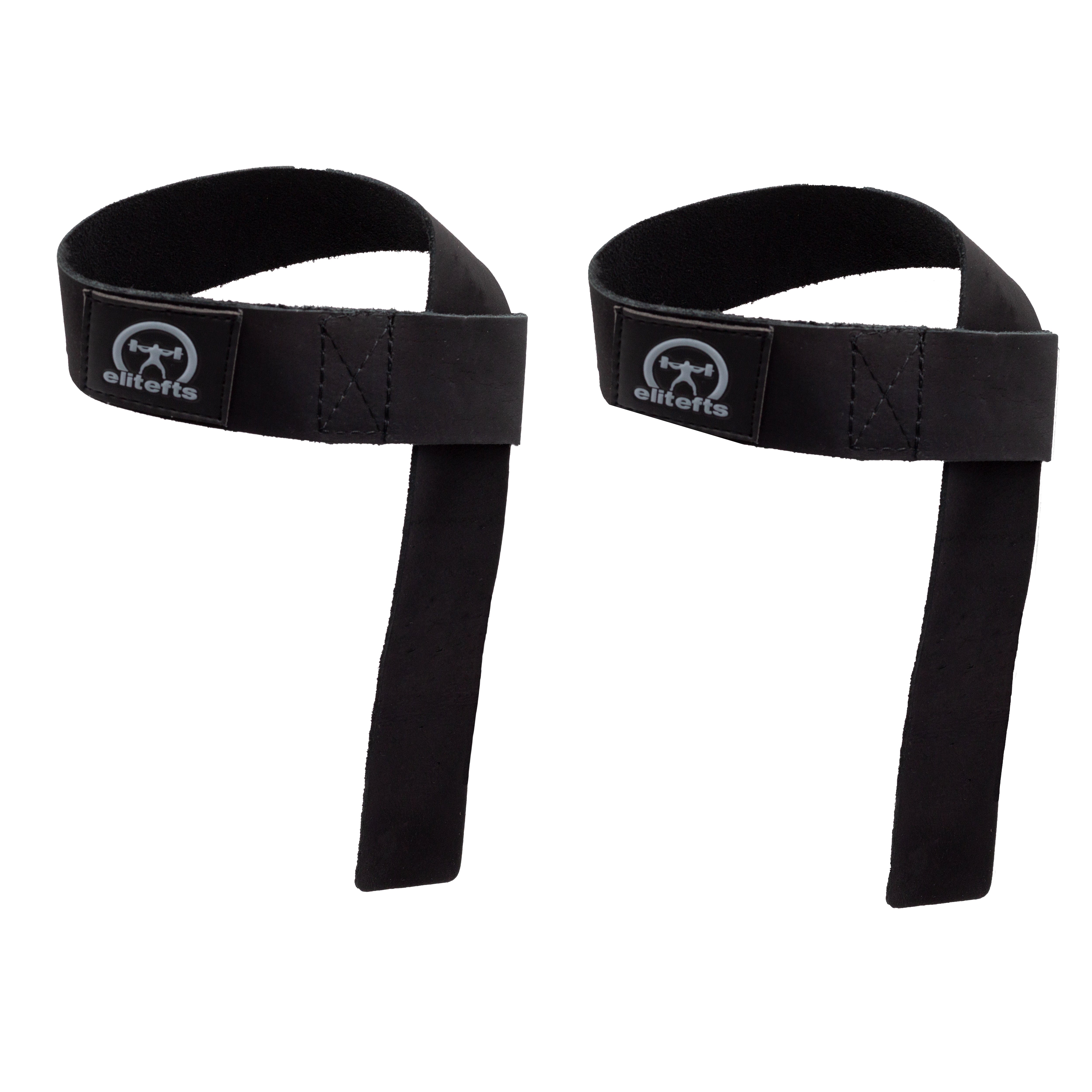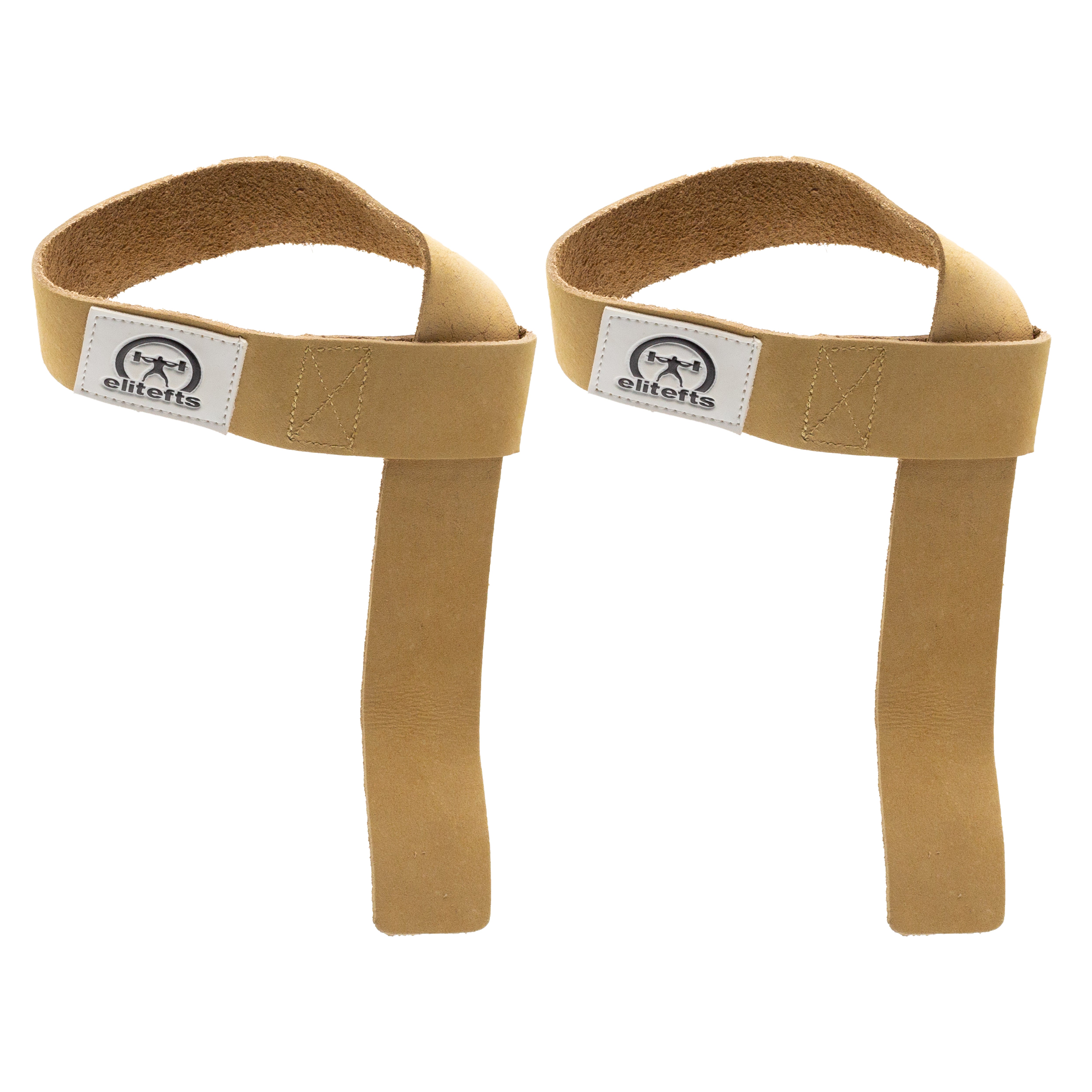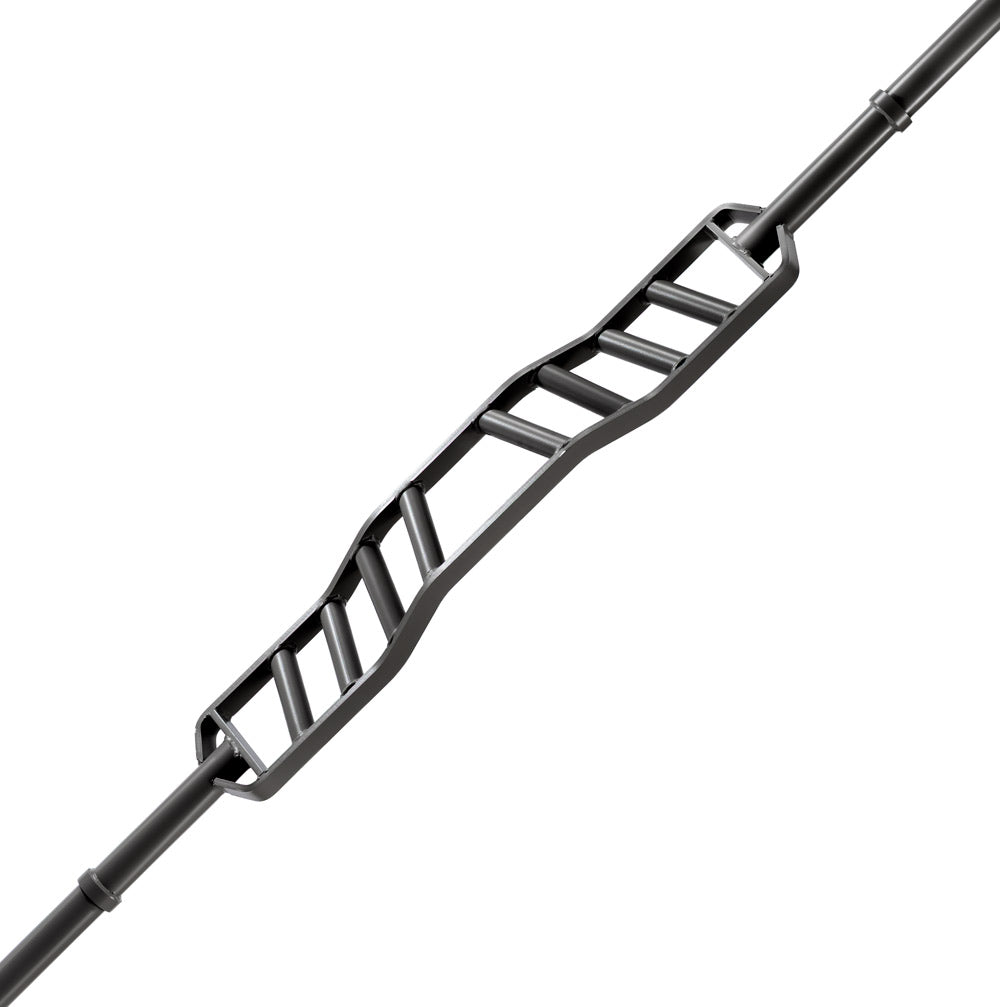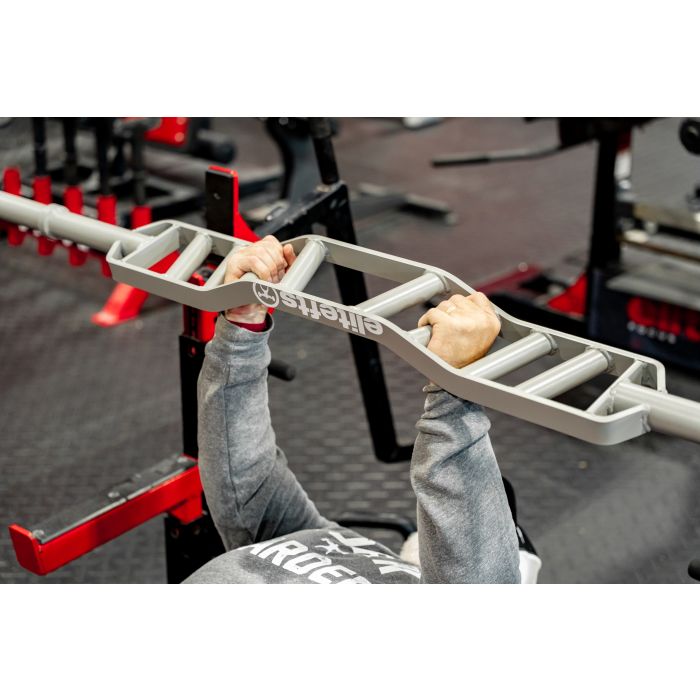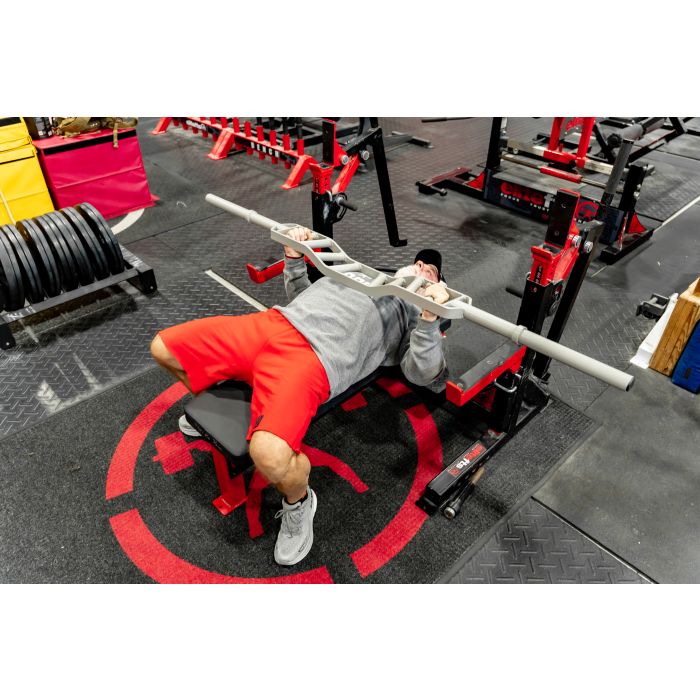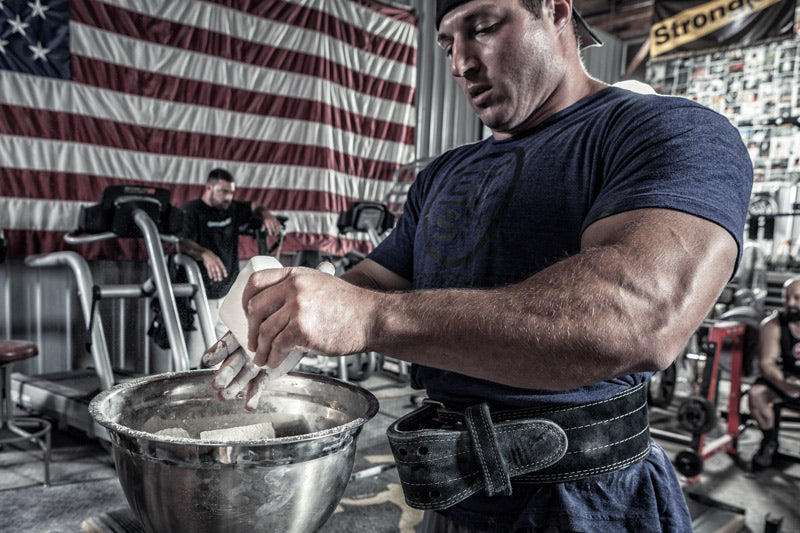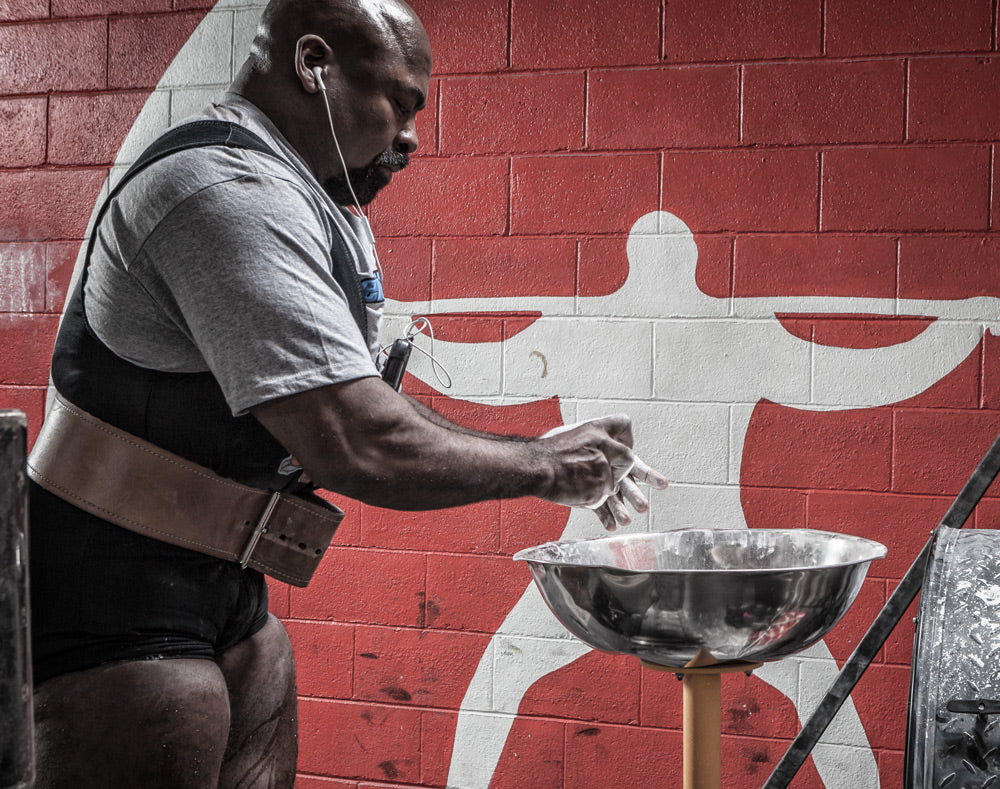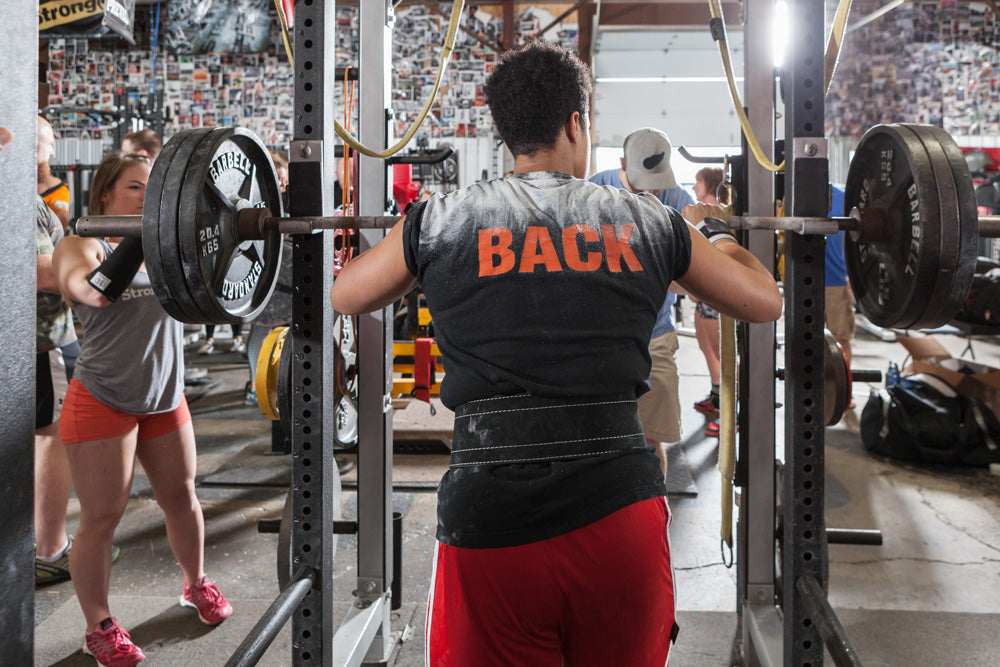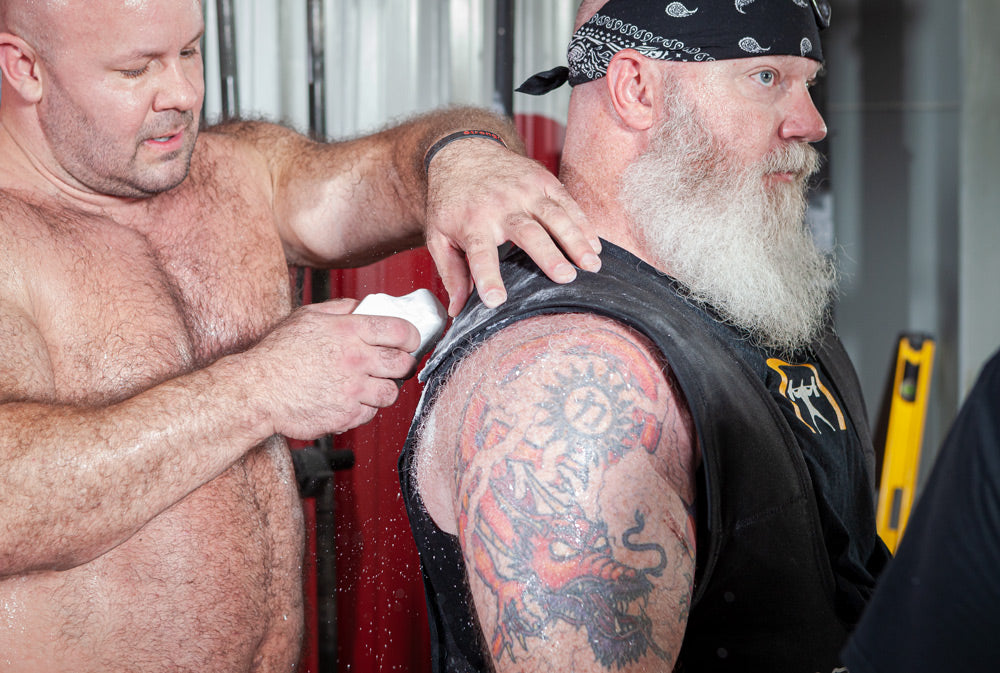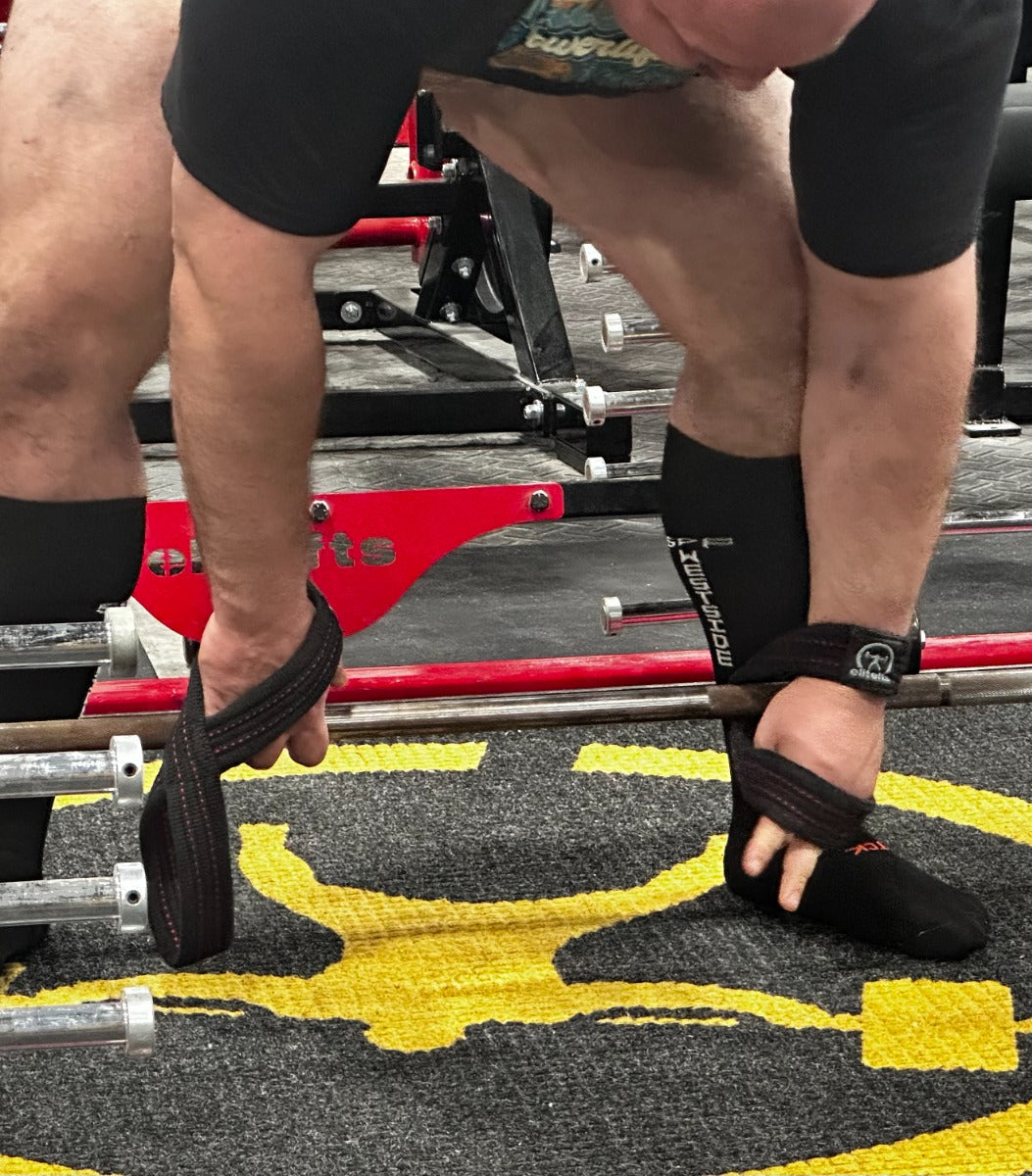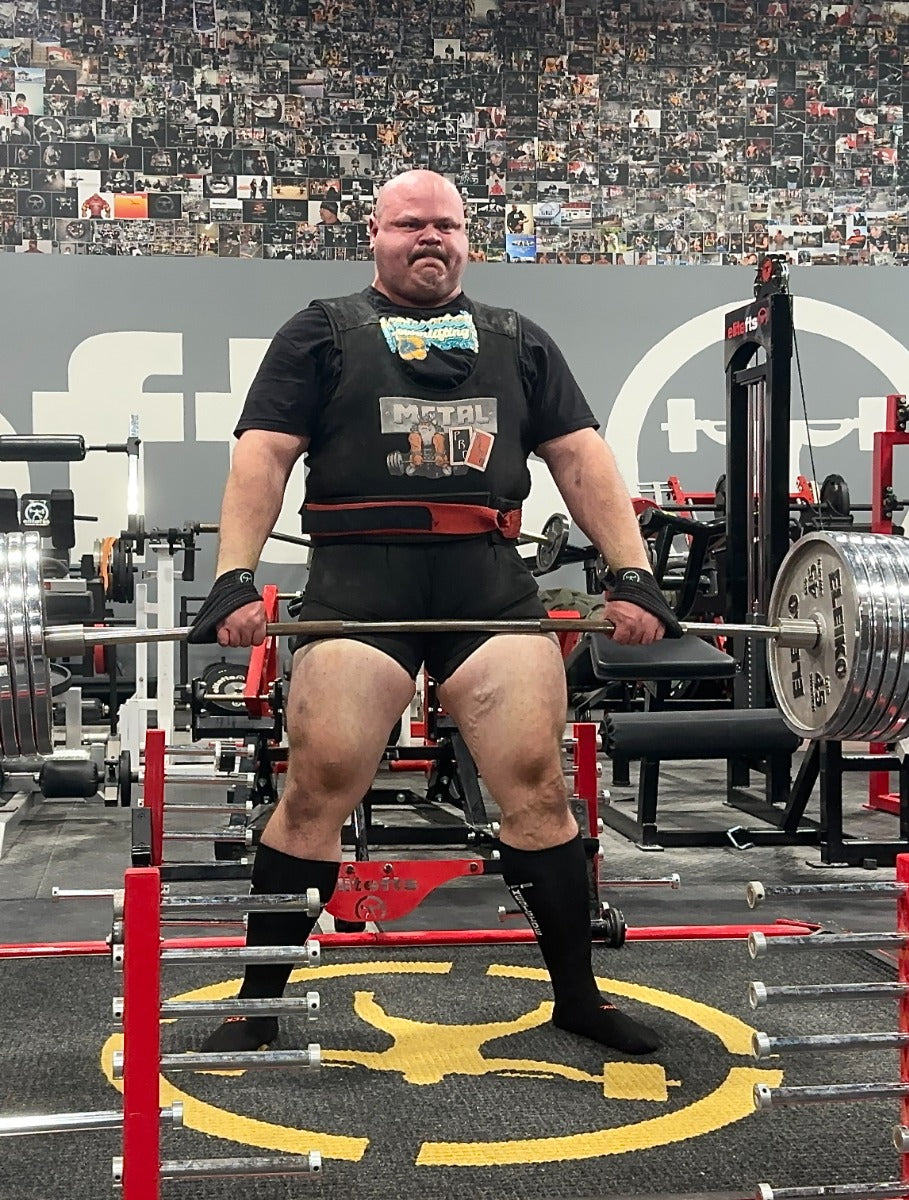1. Your upper back doesn’t need to be straight, but it does need to be stiff.
It’s been made clear by many experienced coaches and lifters that the upper back doesn’t need to be perfectly straight during the deadlift like many misinformed trainers teach. Allowing the shoulders to fall forward as opposed to keeping them shrugged back can take several inches off your deadlift range of motion, which can equal bigger pulls. As long as the lower back is kept straight and stable, it will protect the spine during the lift. The problem with this is that many beginning lifters interpret having a rounded upper back as a loose upper back. Not locking their upper backs in tight enough was a big problem for many of the lifters at the seminar. It is important to keep the lats extremely tight even with the shoulders lowered. As soon as you get into position for the deadlift and prepare to pull the slack out of the bar, you should mentally cue yourself to keep your back locked into the same position the entire time. Keeping your lats and upper back tight even in that rounded position will allow you to lock out weights much easier and will keep your lower back from rounding during the pull. Using exercises like weighted abs and back work (i.e. safety squat bar good mornings, bent over rows, and Kroc rows) will help strengthen the muscles needed to keep your back locked in tight during the deadlift.2. Get the slack out of the bar (and keep it out).
As many of you know already, “getting the slack out of the bar” refers to getting tight in your set up so that way before you even begin your pull, the bar will bend (as long as it has enough weight to hold it down). Many of the attendees understood this basic concept but were having trouble applying it to their pulls. The reason for this was their inability to keep that tension throughout their entire set up. A common problem that the lifters were having was that they would initially pull the bar tight, but they would loosen up again before they began their pull. This occurred most often for the conventional deadlifters who would grab the bar, pick their hips up, and then drop them down quickly to help get speed off the floor. In their attempt to move their hips quickly, they would allow their upper backs to get loose and release the slack back into the bar before beginning the pull. This would result in the audible “click” of the bar when they would actually begin the deadlift, which shouldn’t occur if the slack is pulled out properly. The problem with allowing this to happen is that although you will get good speed off the floor, you end up in a position that makes it nearly impossible to lock out your deadlift. Having a loose back like this will cause the bar to get kicked out far in front of you and will round your back even further. Despite the initial speed of the deadlift, this leaves you in a mechanically impossible position at lockout. This was a mistake I made for a long time, and it cost me a lot of deadlifts that I should’ve finished.3. The deadlift and clean set up are two different things.
This was a problem that many lifters faced due to bad coaching in the past. They had been taught to set up for the conventional deadlift the same as if they were preparing for the first pull in a clean. The problem with this is that in the clean set up, the lifter begins with his hips much lower and his shoulders much further behind the bar. This set up works well for getting into position to begin triple extension after the first pull. However, in the deadlift, it ends up wasting energy and puts you in a bad position to lock out. In the deadlift set up, the hips will be higher and, although shoulder position will vary from person to person, it will usually be right over the bar. This allows the hips to immediately begin to hinge when you begin the deadlift as opposed to having to rise first. Think of it this way—how you set up for a lift will often determine how you finish. The “finish” of a clean pull (triple extension) and the finish of a deadlift lockout are two very different things, so your set up should reflect those differences. Mark Watts made some really good points about this in a conversation we had a few months back. We discussed how he doesn’t teach beginning lifters or young athletes the clean (from the floor) and the deadlift at the same time because of how easily they can confuse the motor patterns for both.4. Use the correct starting position for sumo deadlifting.
In order to reap the benefits of sumo pulling, your set up and body positioning need to be correct. A huge advantage of sumo deadlifting (if you can do it correctly) is being able to utilize strong hips, glutes, and hamstrings while minimizing strain on the back. A common problem of the lifters in their sumo deadlift set up was the positioning of their hips and knees in relation to the bar. They would set up with their hips pushed way far back with their knees over the bar. This set up caused the bar to go out and around their knees during the pull and also forced them to raise their hips first. This put a lot of stress on the back and made the deadlift a lot harder to execute. When setting up for the sumo deadlift, the knees need to be pushed out with the shins as vertical as possible. The chest also needs to be kept up and you need to lead with it when you begin the deadlift. The hips shouldn’t be too low, but they should be pulled as close to the bar as possible before you begin. A good cue that Dave Tate has mentioned is to think about “dropping your nuts on the bar” before you pull. If that doesn’t make the hip position clear enough for you, then I don’t know what will.Even after they began to understand how to properly set up, a few of the attendees struggled to pull from the correct position. In their case, it was because they were extremely weak in their hips, glutes, and hamstrings and they were trying to compensate with their quads and back. Working on things like wide stance box squats (done properly, sitting back with the shins kept vertical) and glute ham raises will help build those muscles and improve their positioning. For the lifters who were even struggling to get into the proper box squat position, starting with a basic progression like wall squats will teach them to push their butt back and keep their knees from shooting forward.
5. The glutes need to finish the lockout, not the back.
This is a common problem that I struggled with for a long time. For many lifters, there can be a tendency to try and arch the back to lockout instead of squeezing the glutes. I did this for several years and it caused me to bend my knees again and hitch my deadlifts at the very end. As I’ve learned how to pelvic tilt correctly and squeeze my glutes to finish lockouts, it has made a huge difference. Doing things like cable pull-throughs and Romanian deadlifts helped me focus on getting in extra pelvic tilt work in addition to working on it during deadlifting. J.L. Holdsworth did a great job explaining pelvic tilt and deadlift lockout inhis technique video. These are just a few tips to help you begin to correct some common mistakes in the deadlift. The key is to focus on one technique modification at a time and work on building it into a habit. Trying to change a million things at once will only cause you to over think everything and rarely do one thing correctly. Remember that at the end of the day technique is important, but you still need to dedicate plenty of time and hard work to getting stronger. Build good habits in training so that when it’s time for a max attempt, you can focus all your intensity into ripping the bar off the ground for a new PR.

